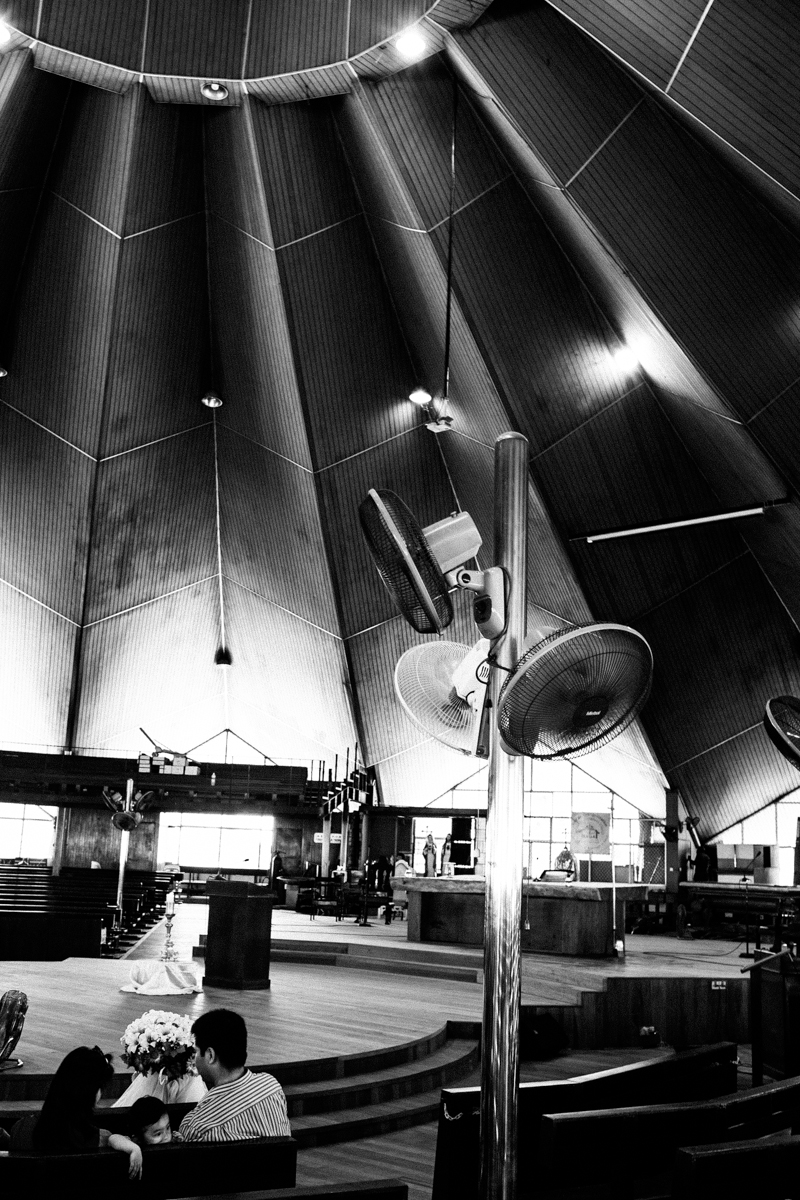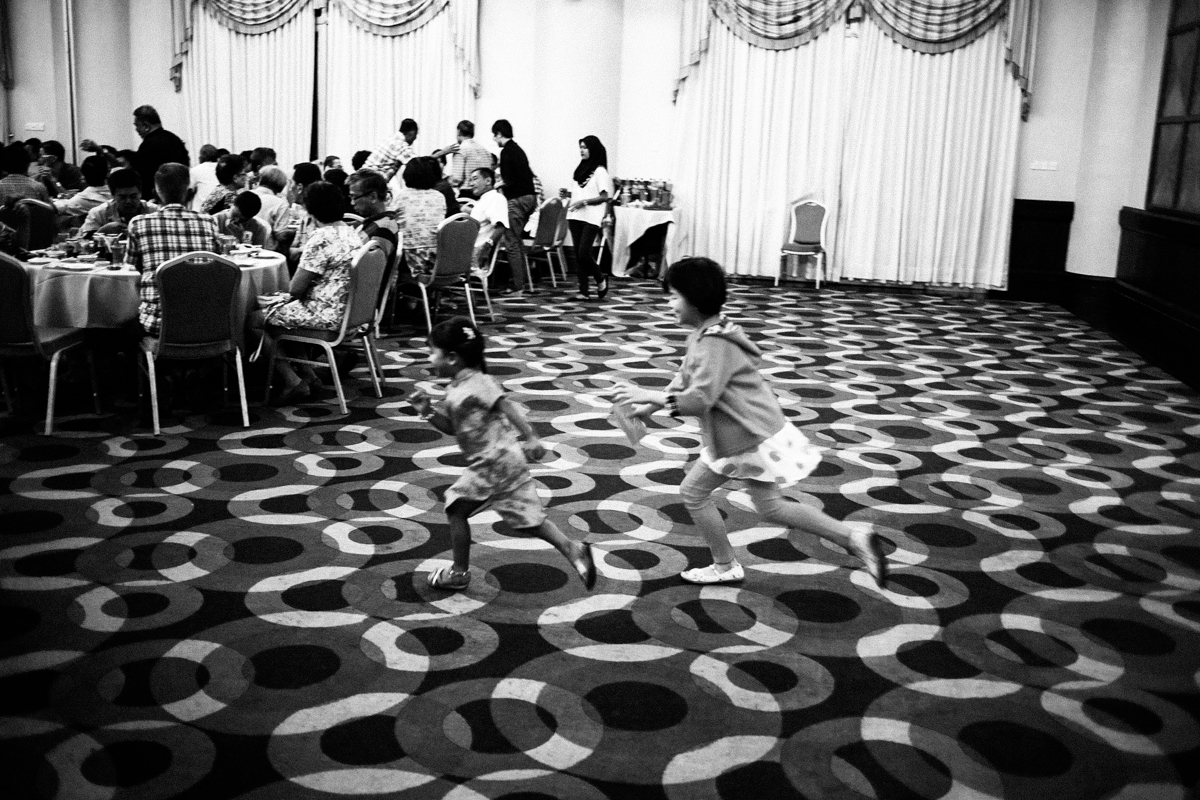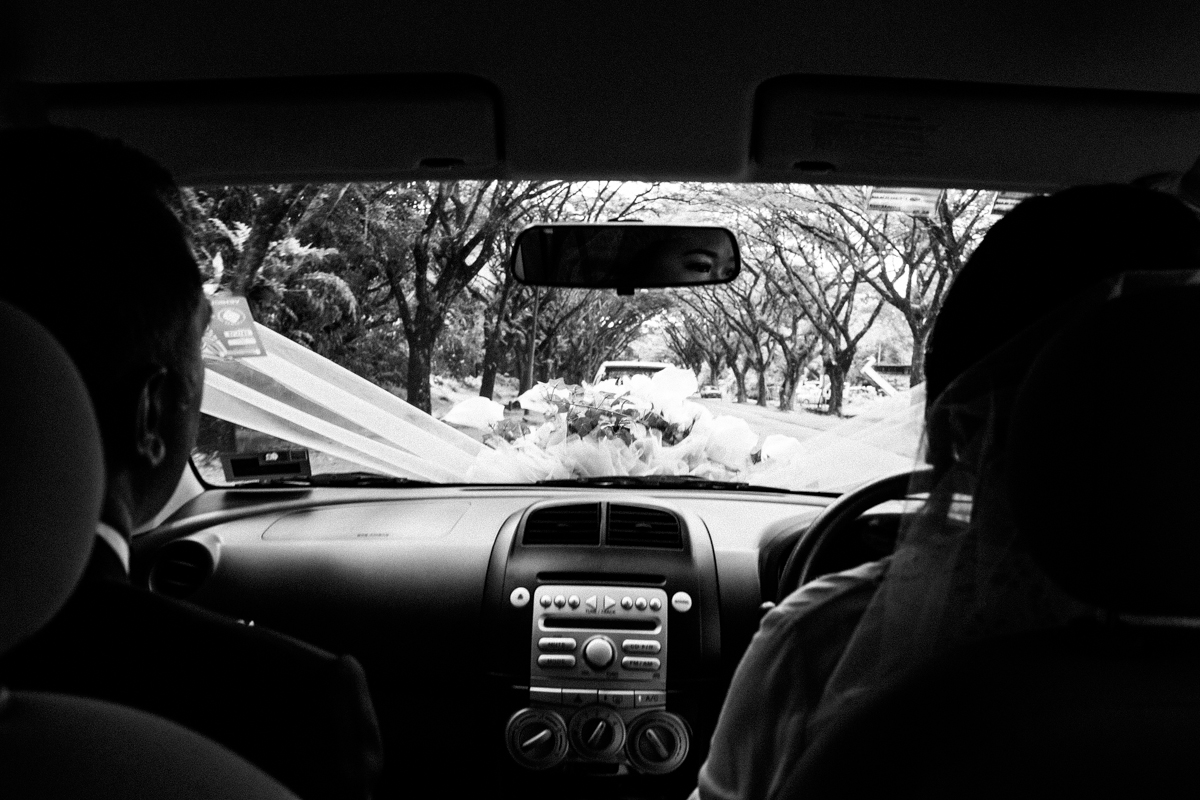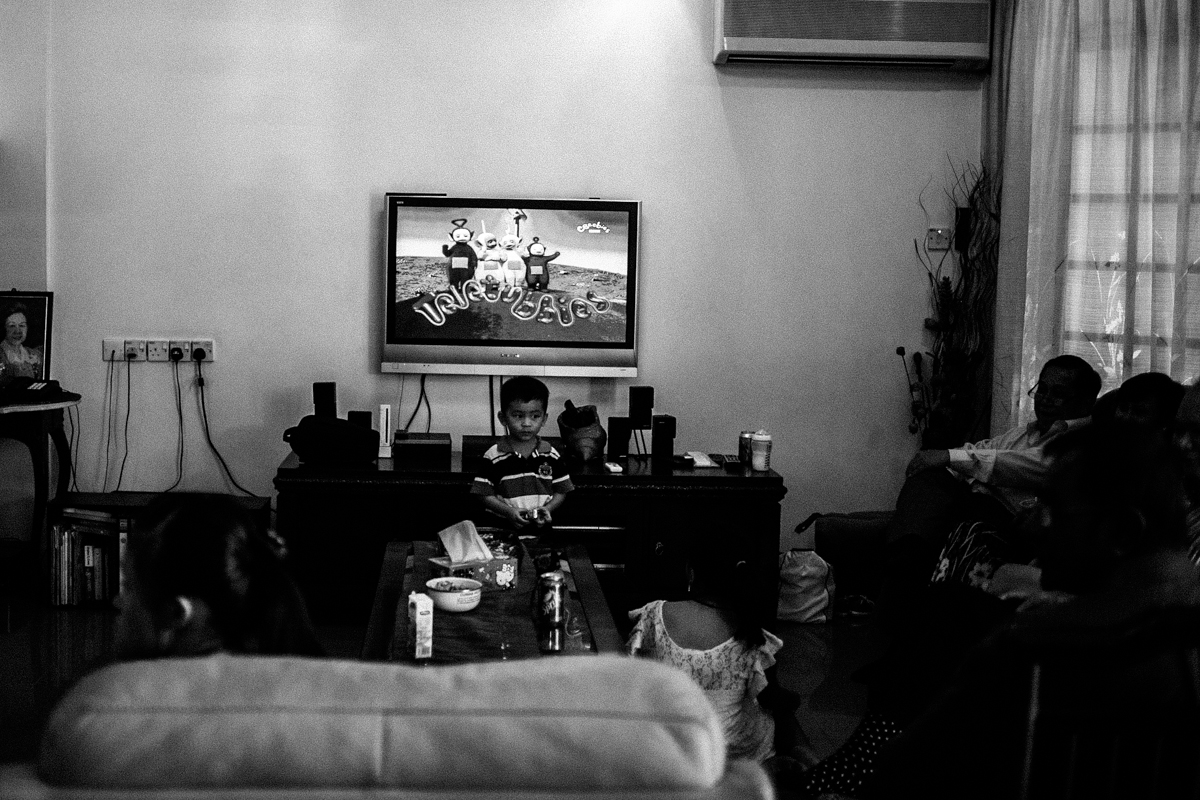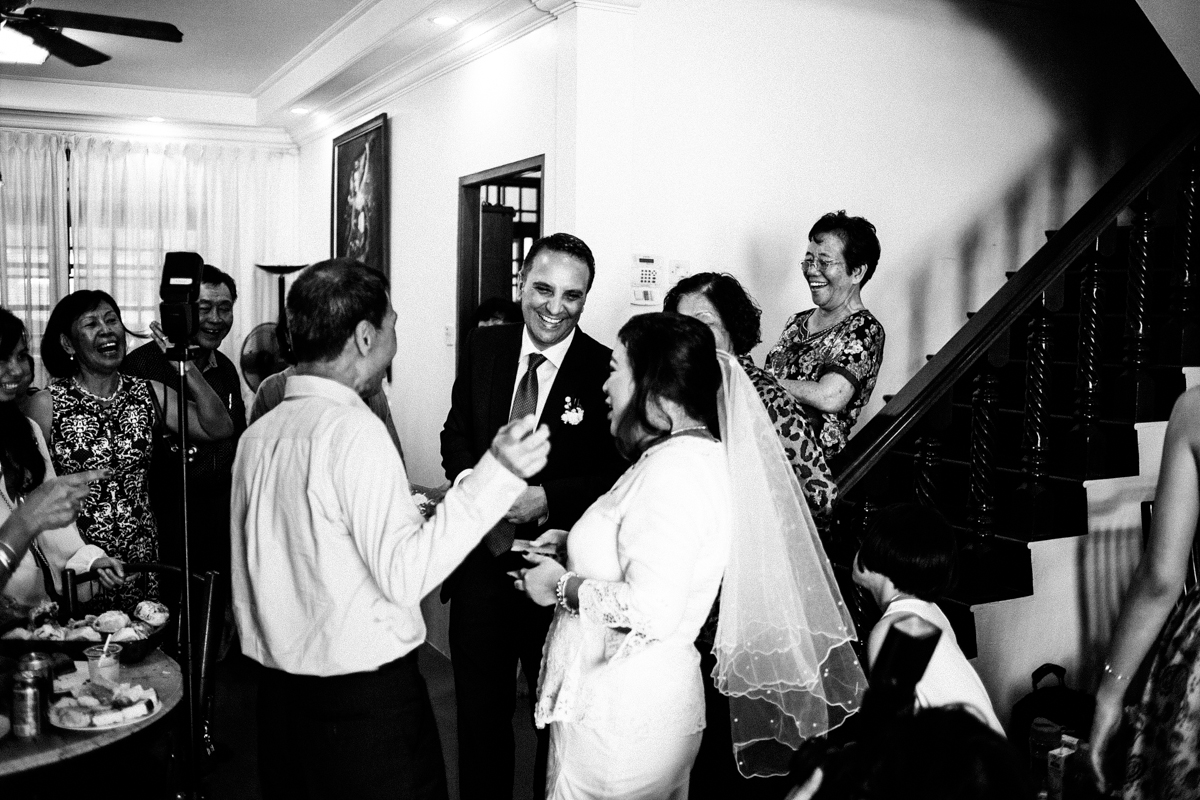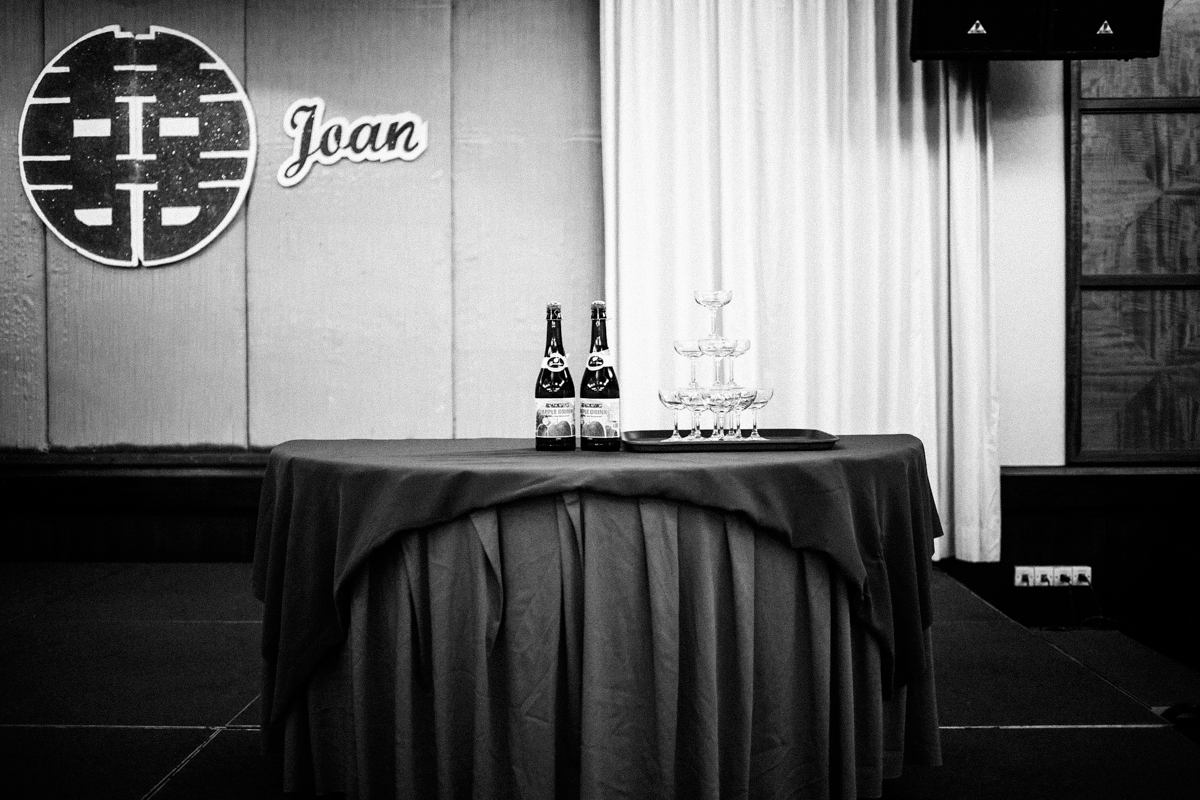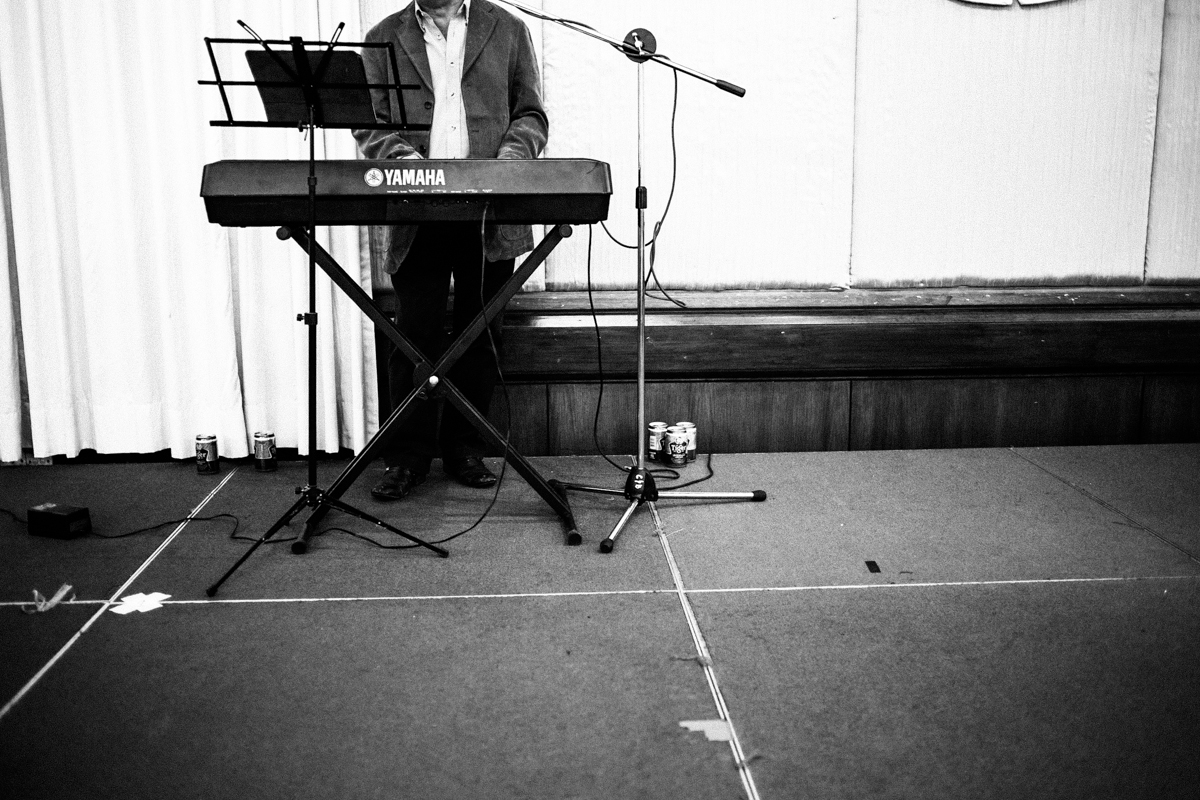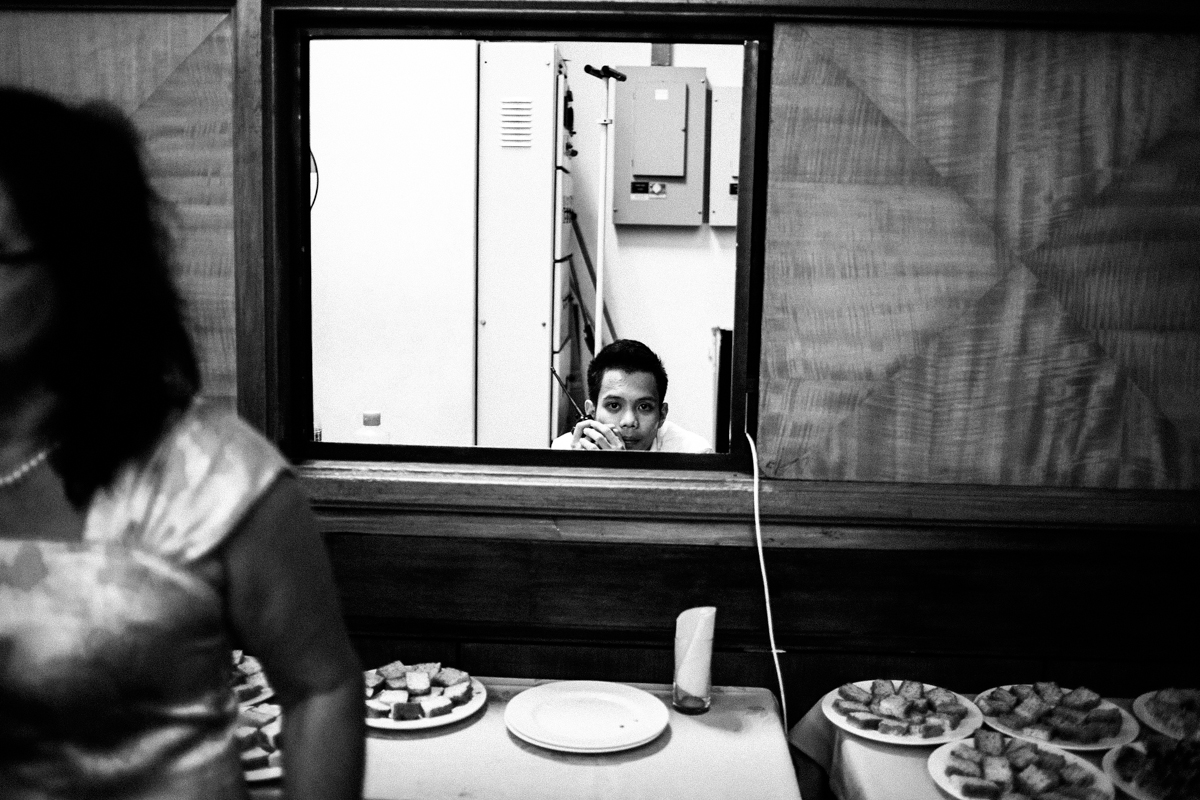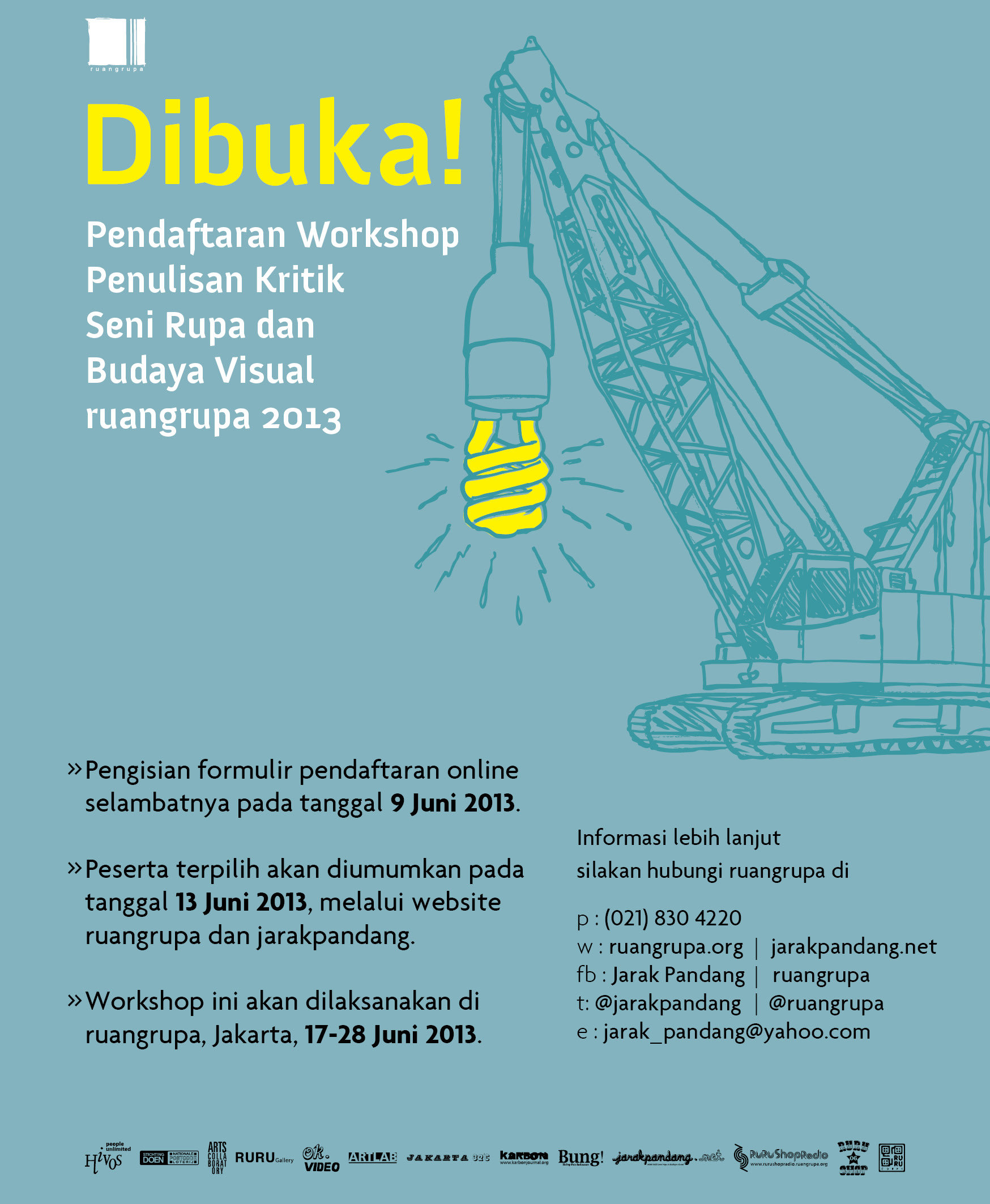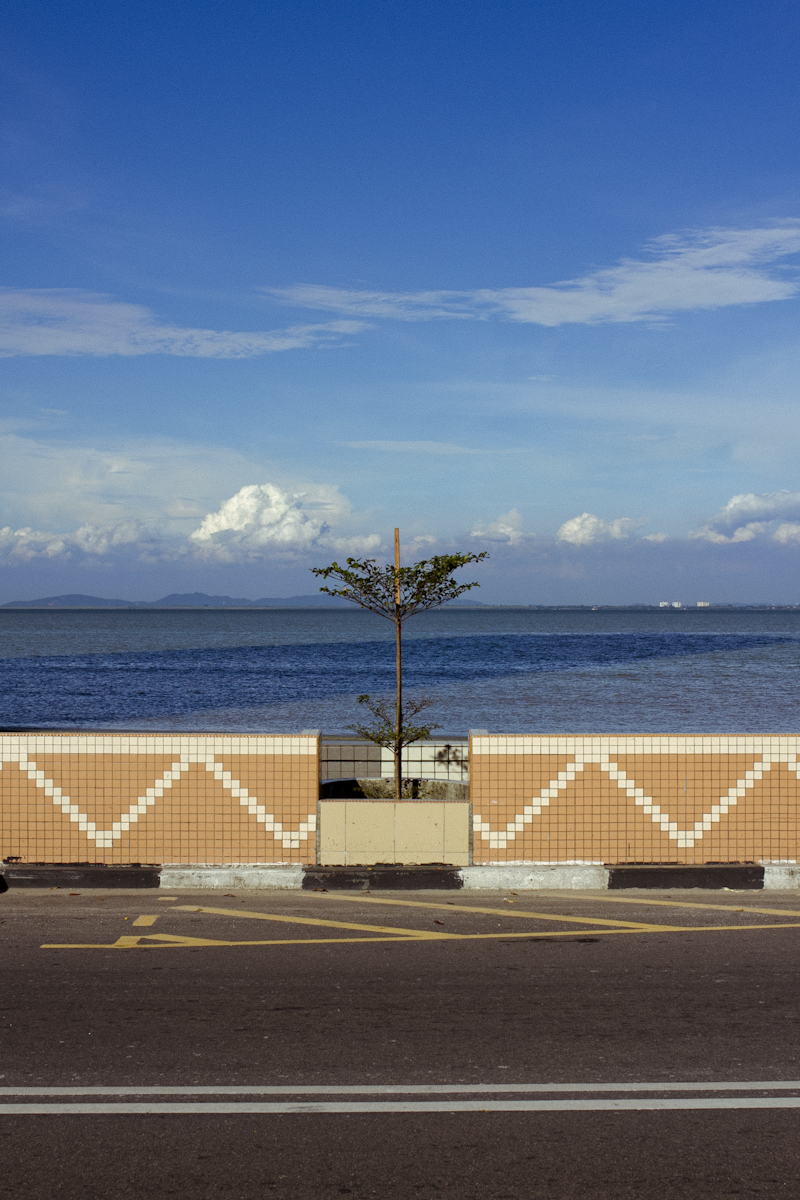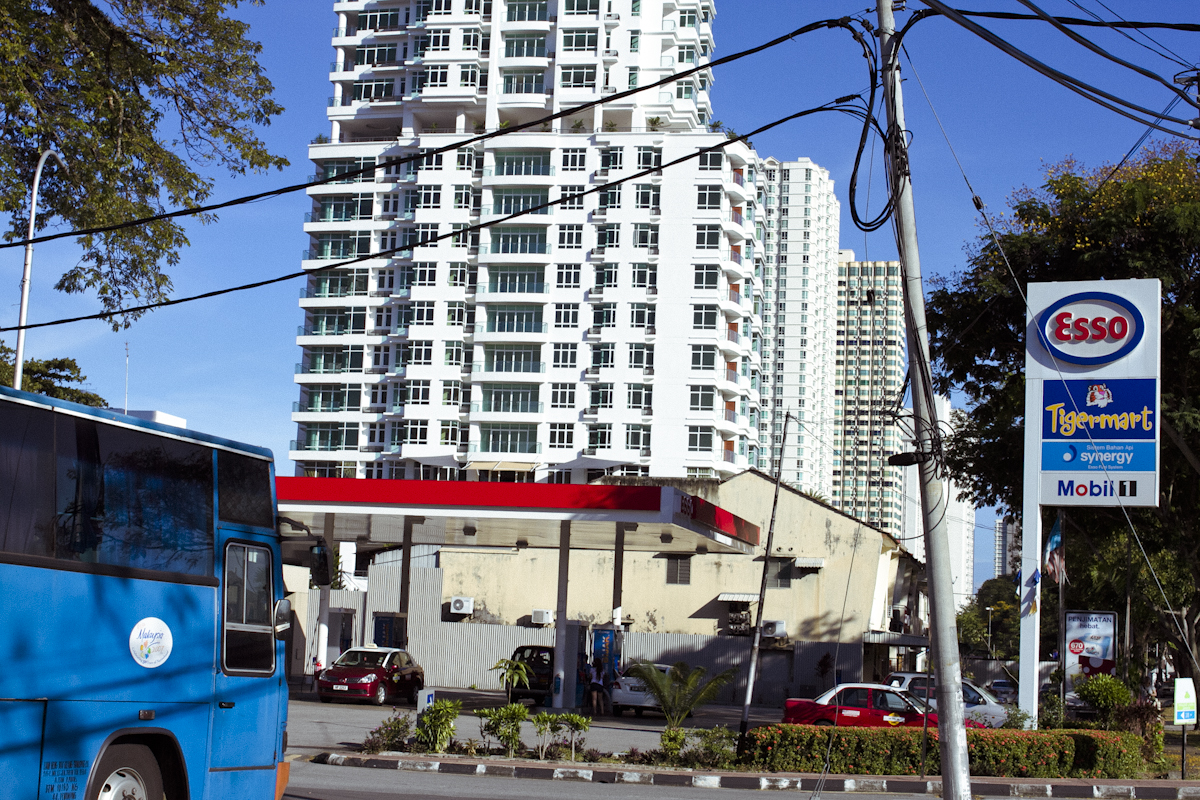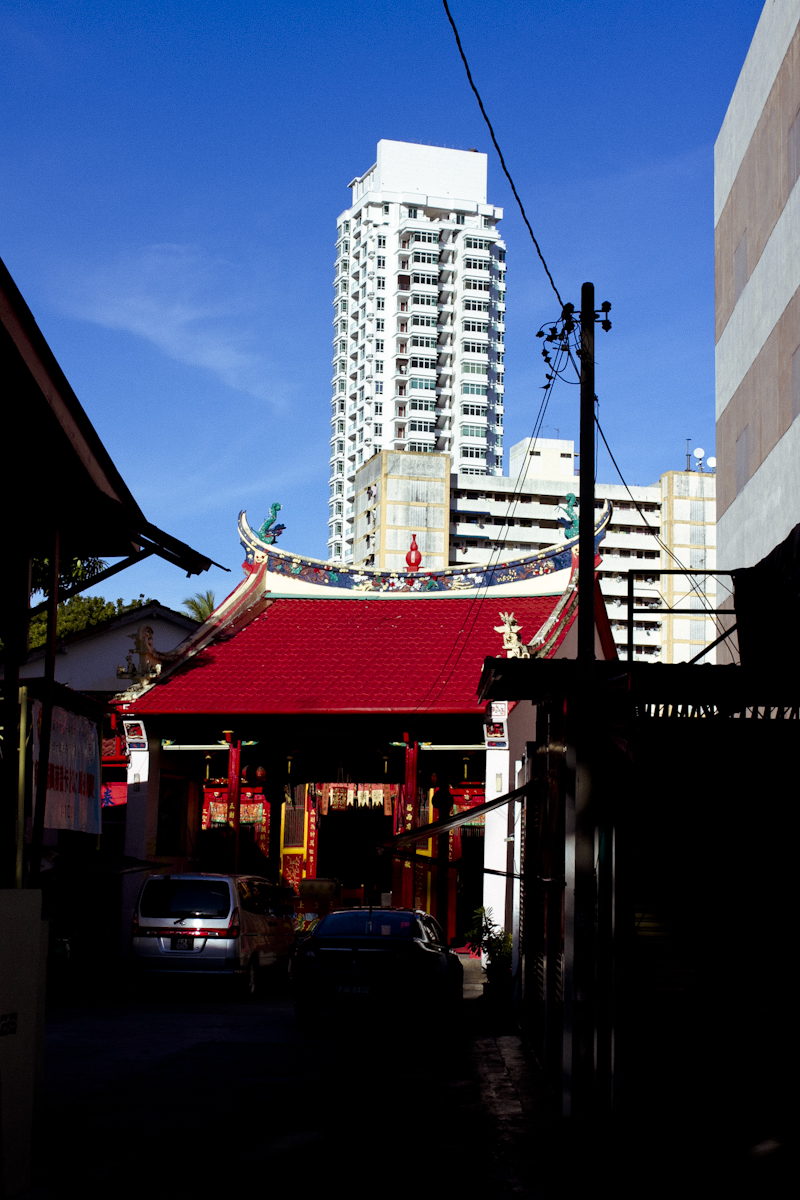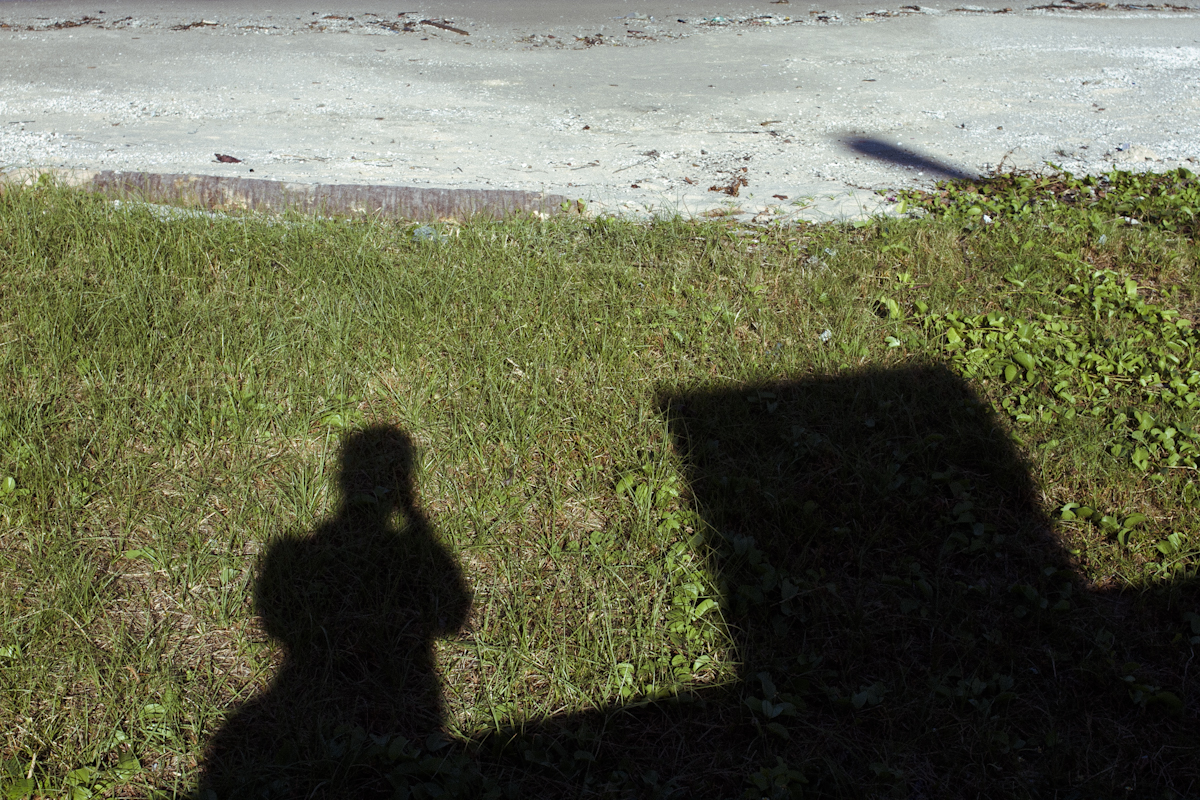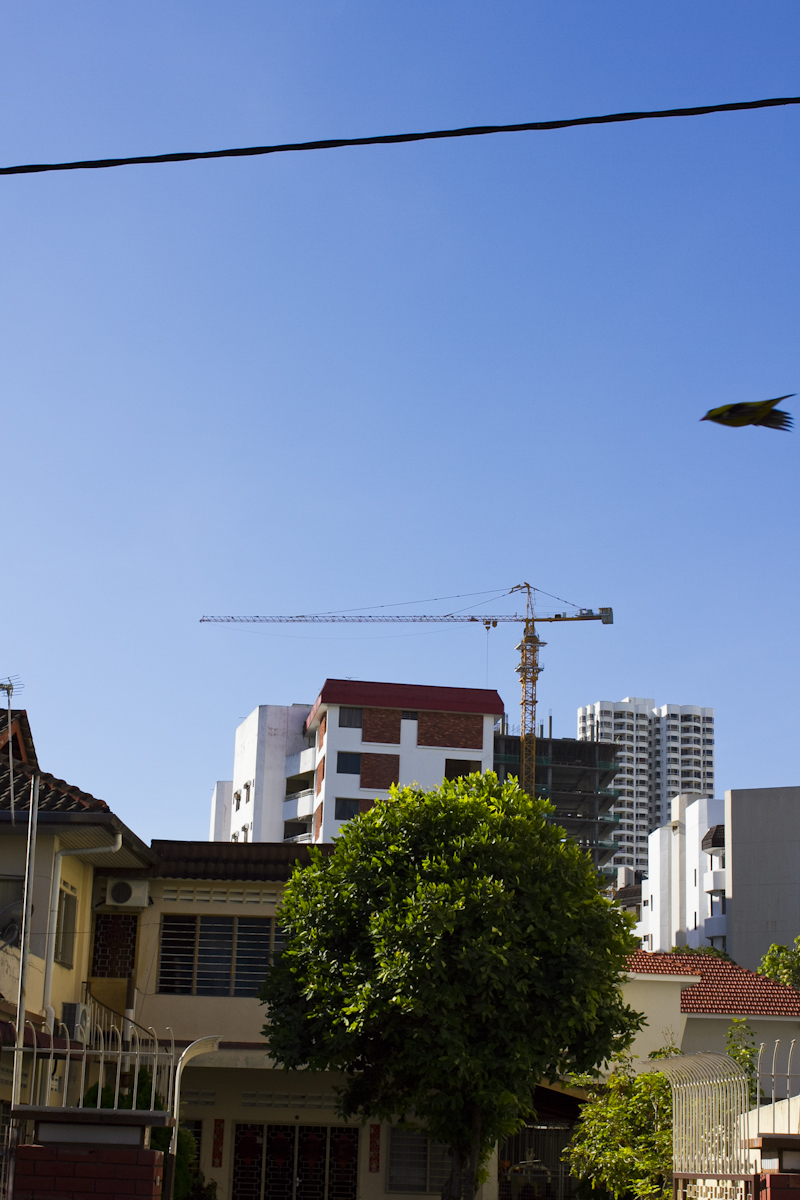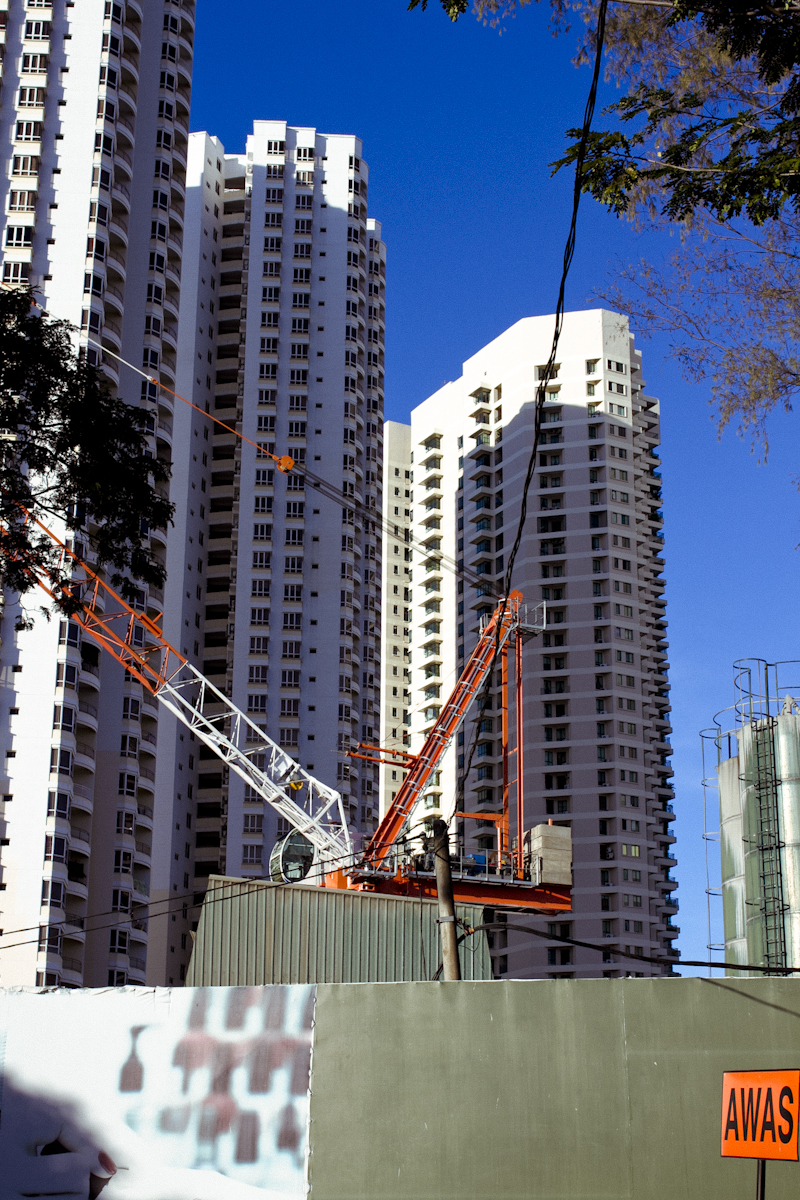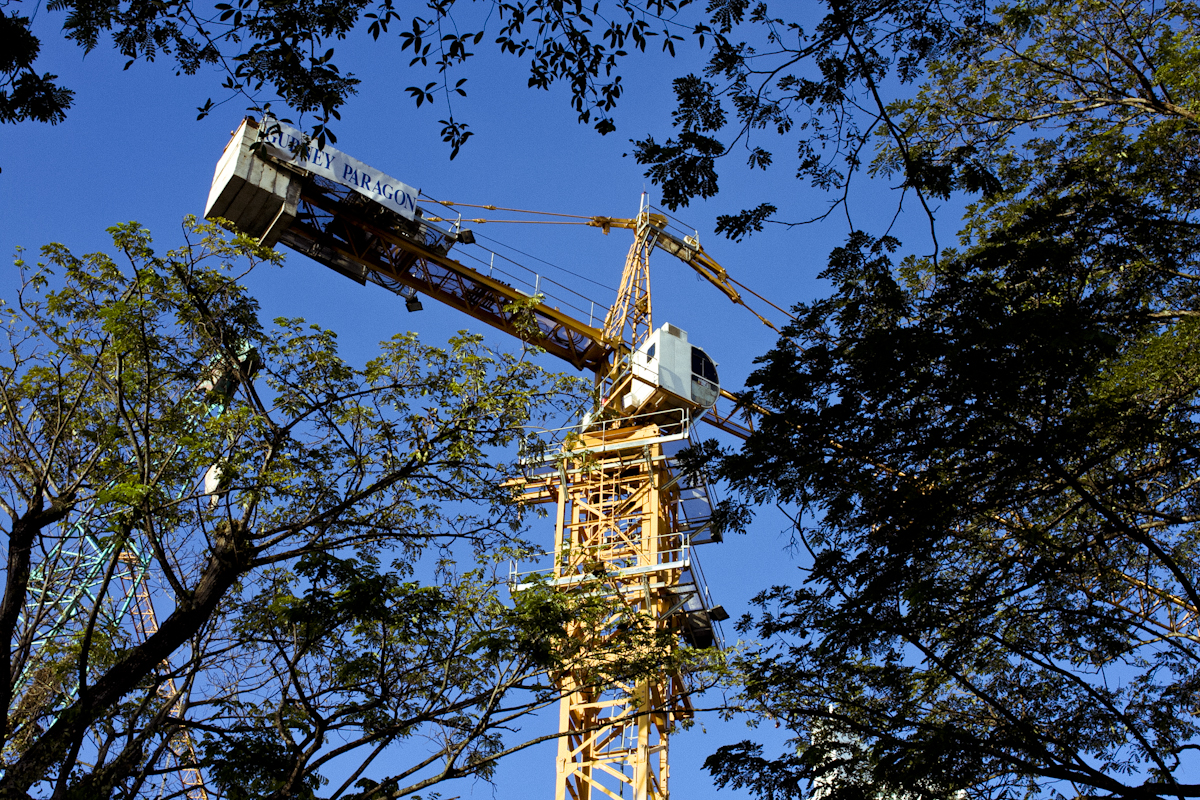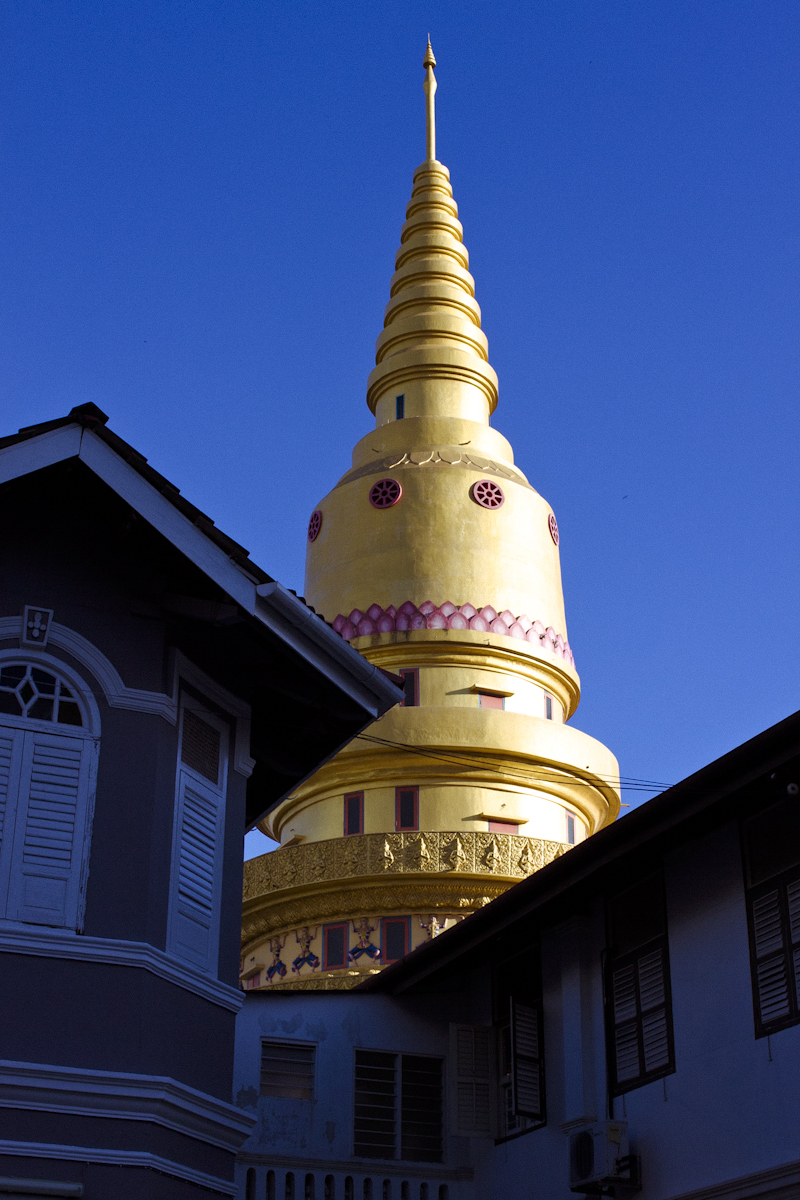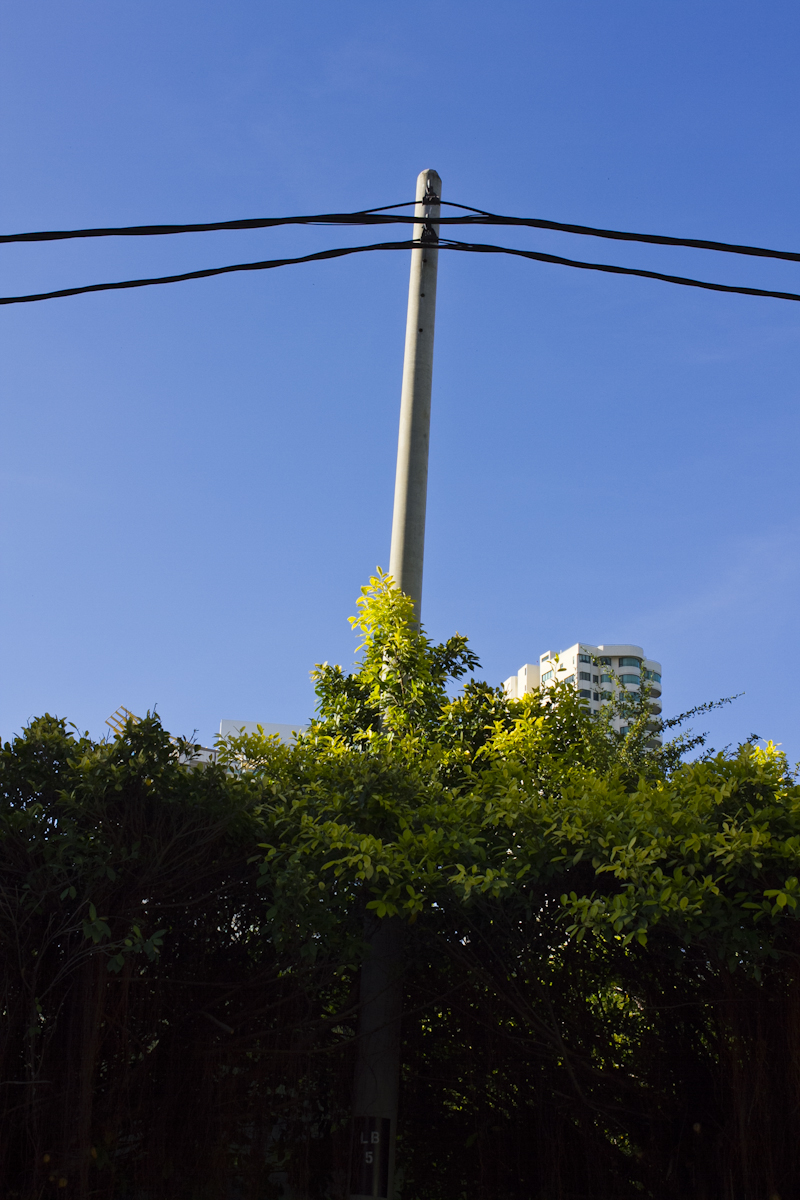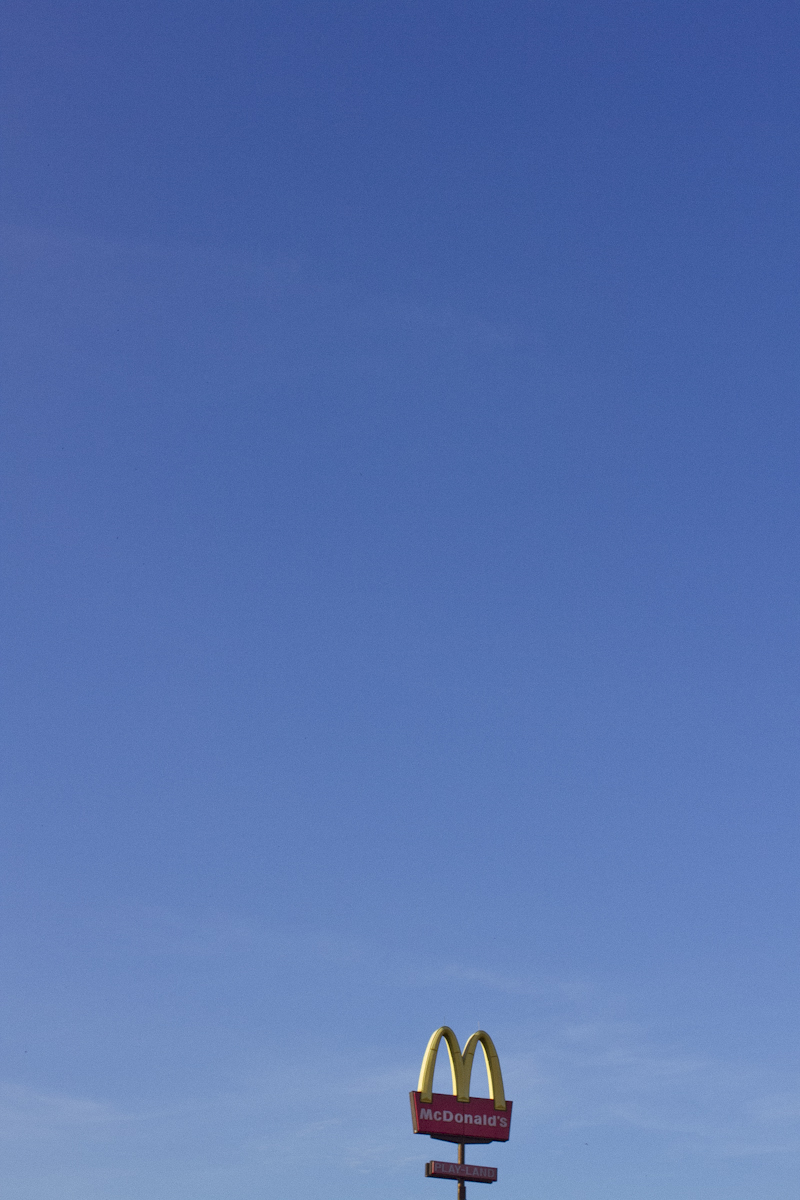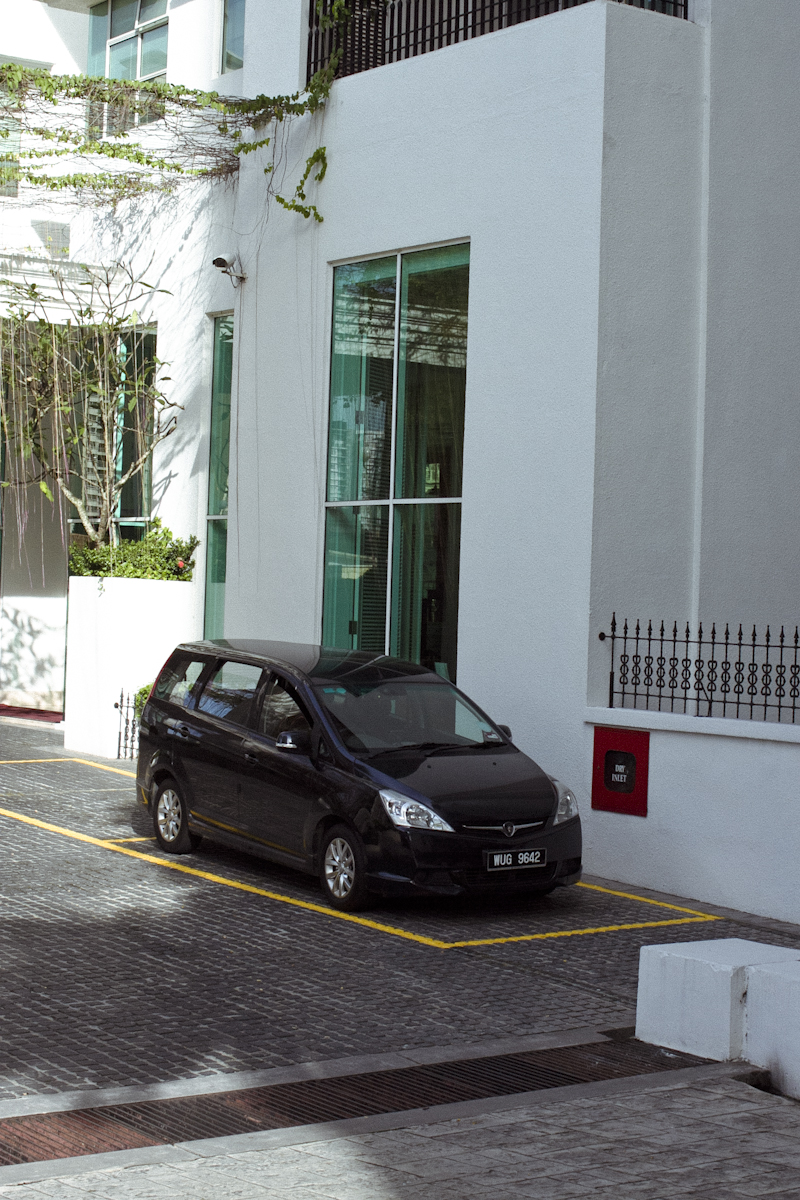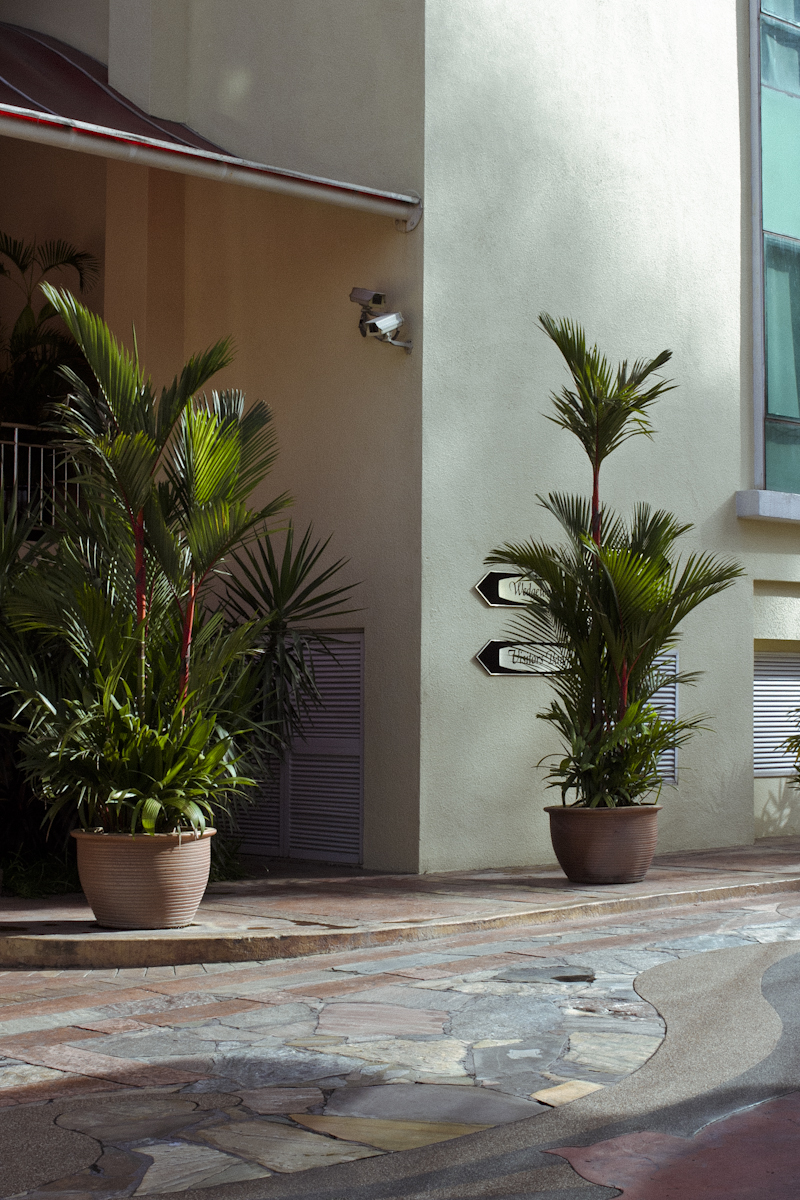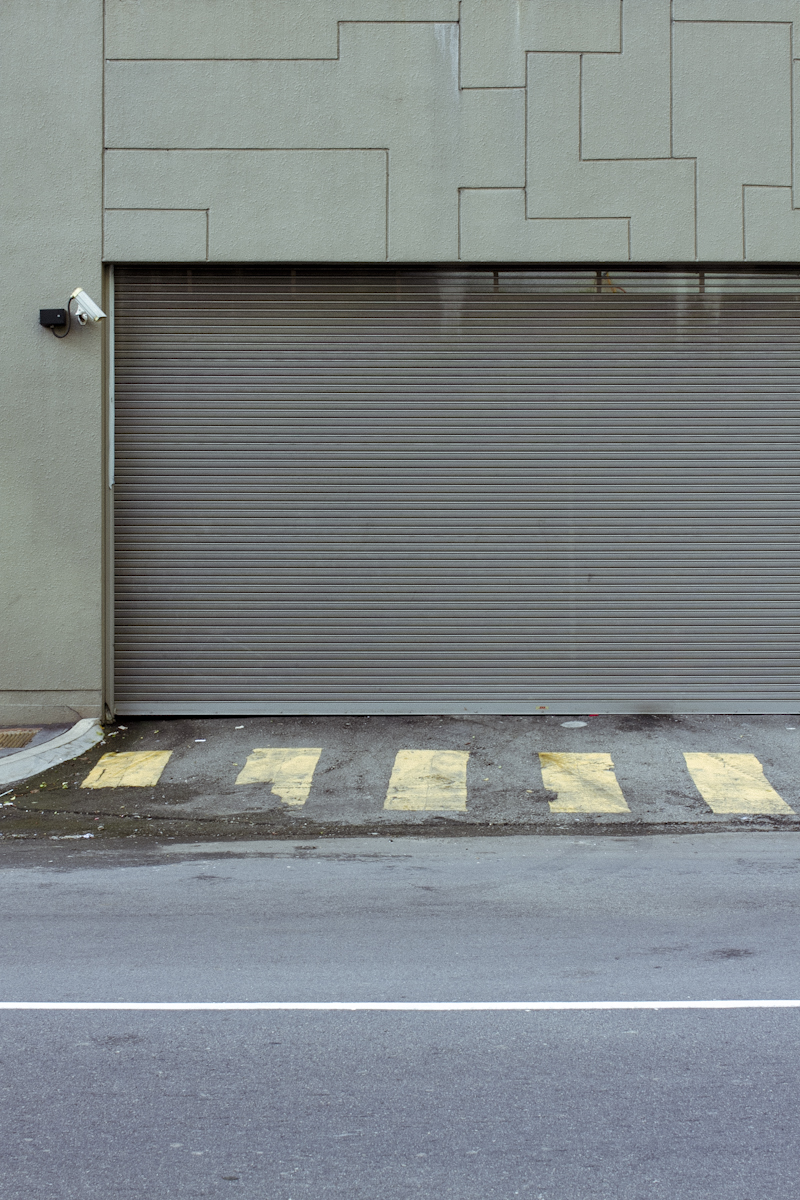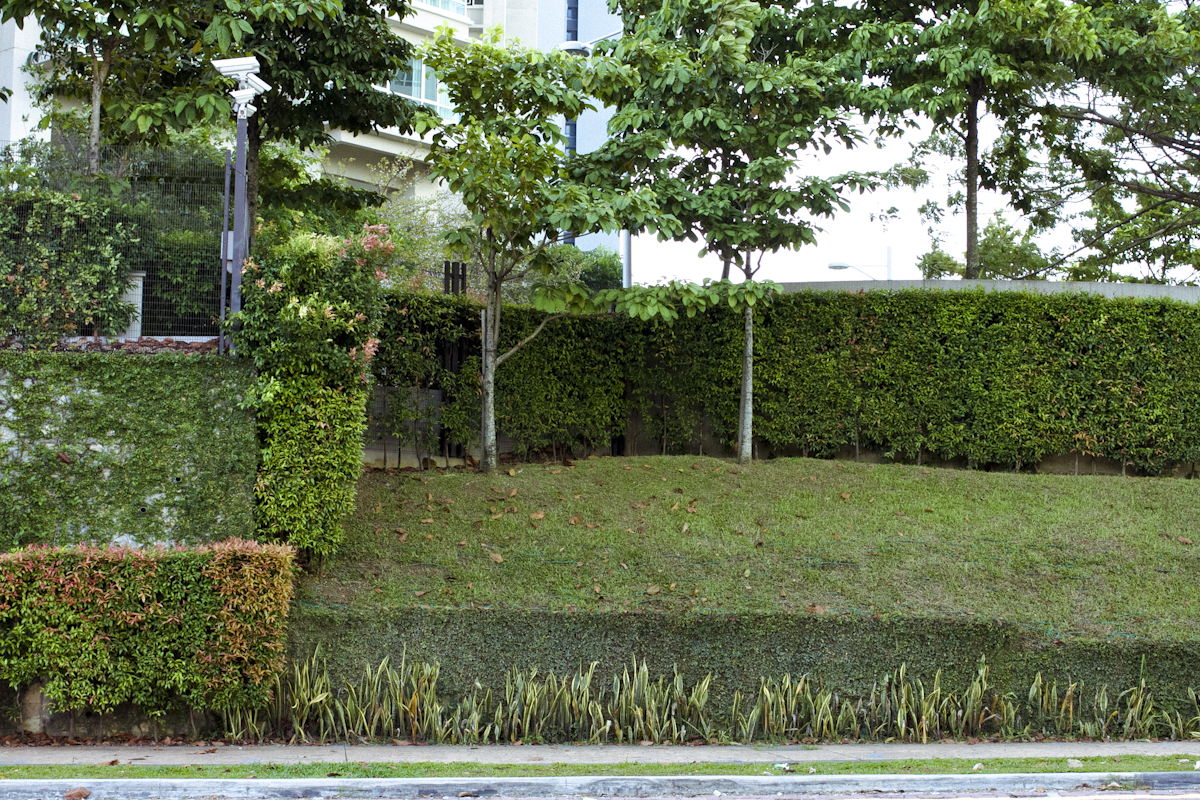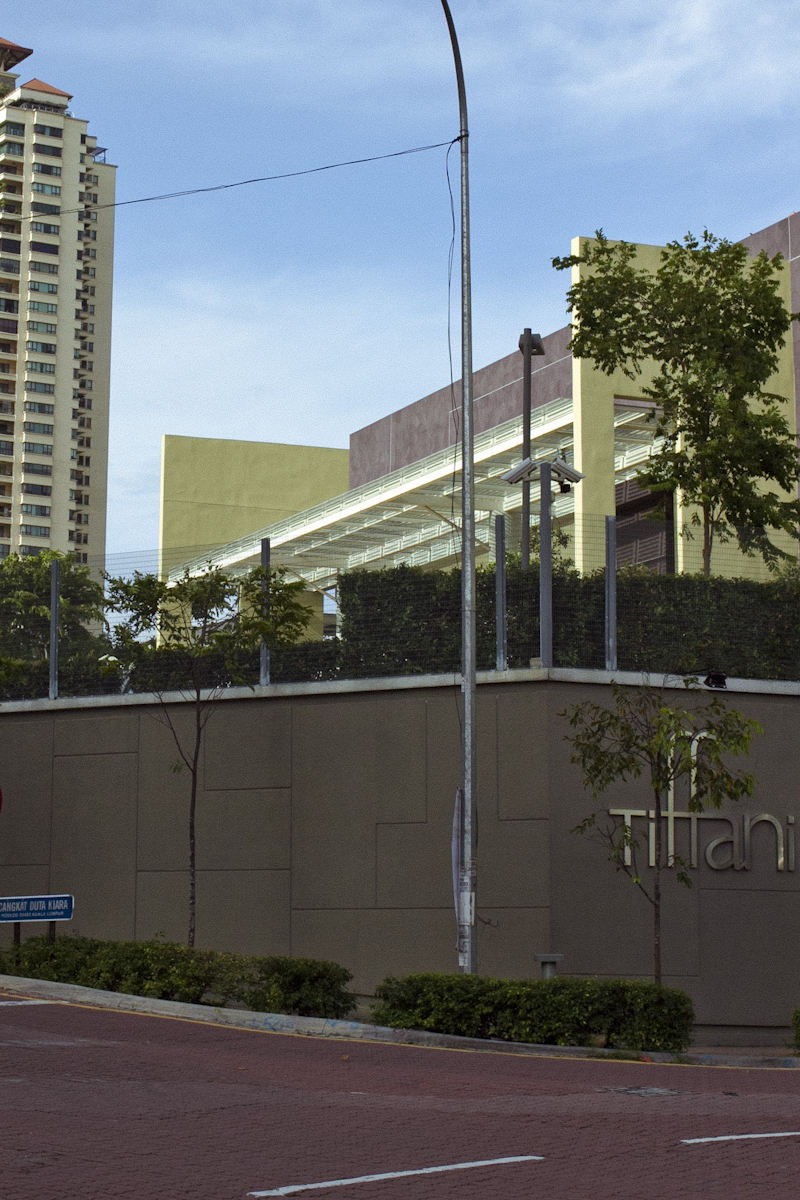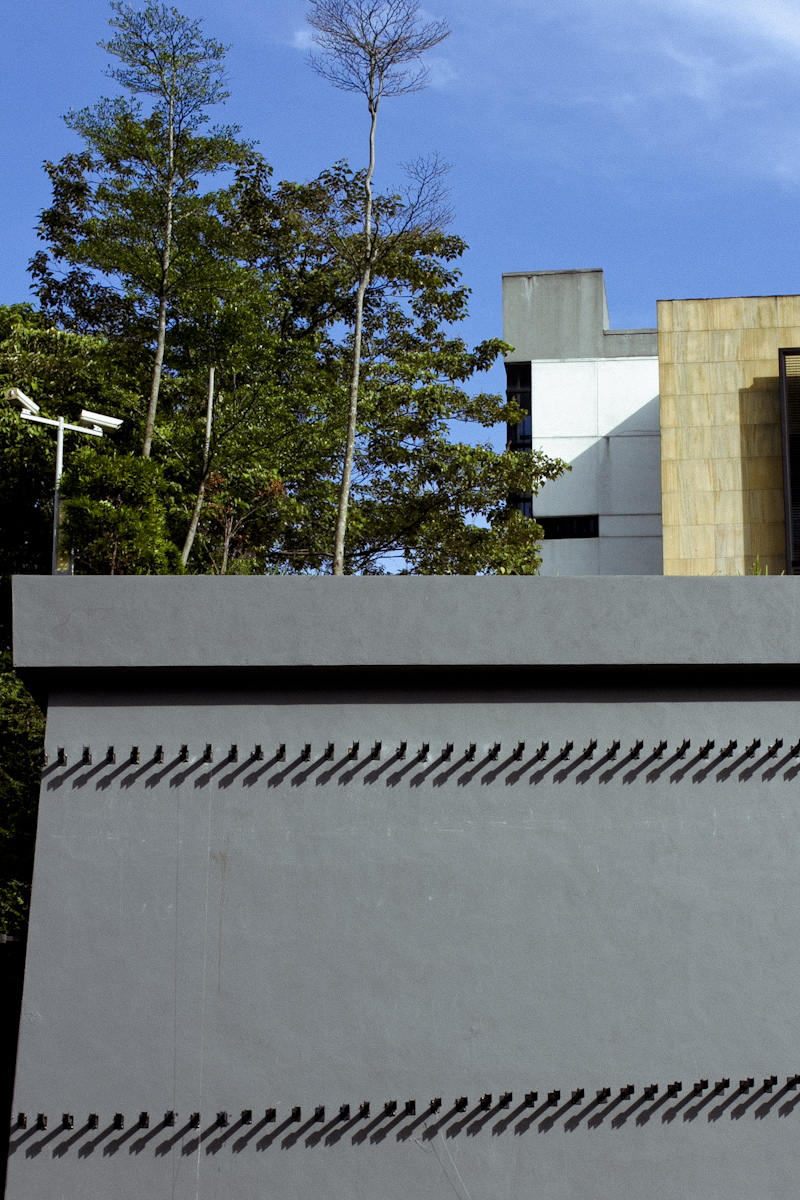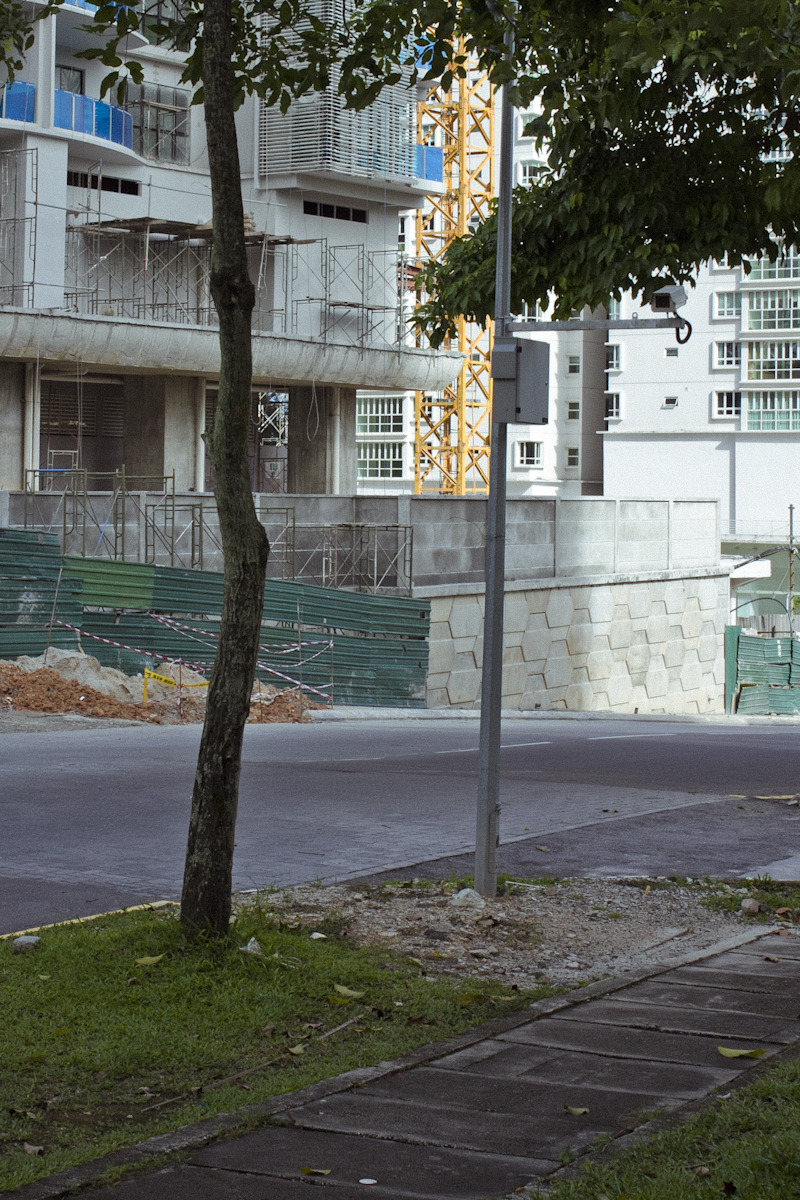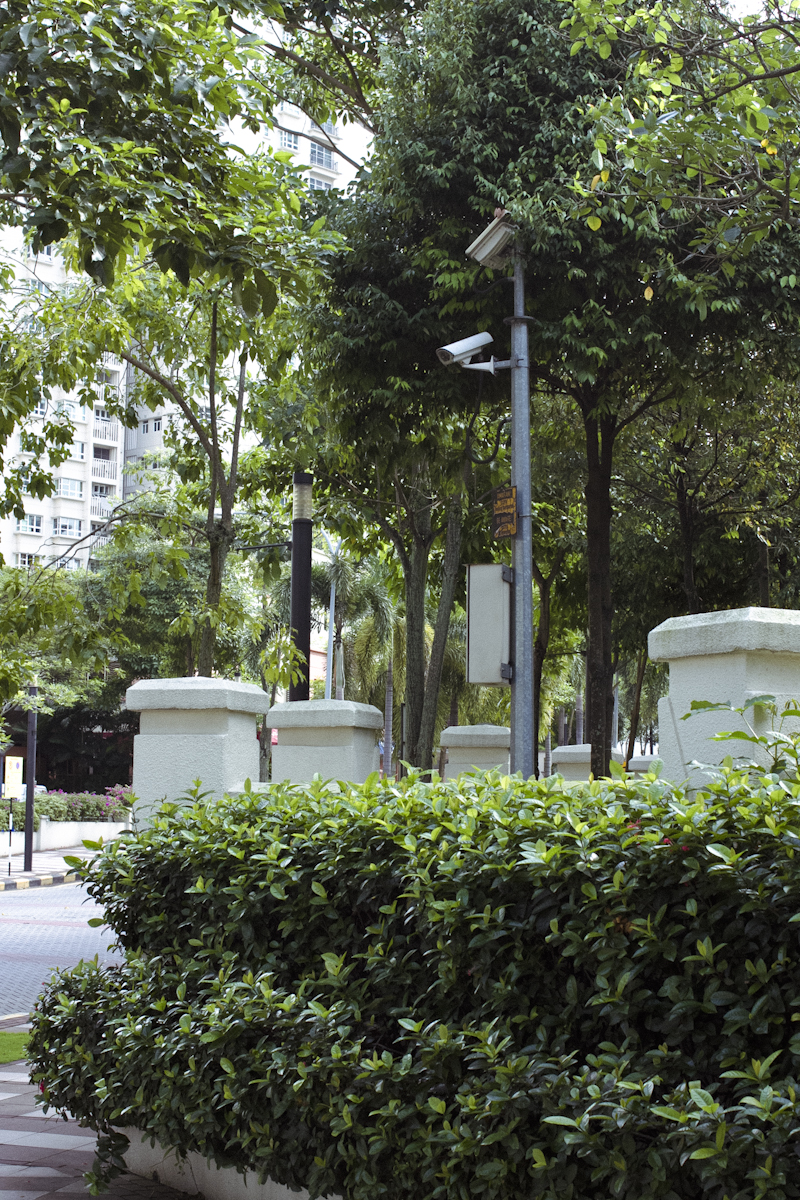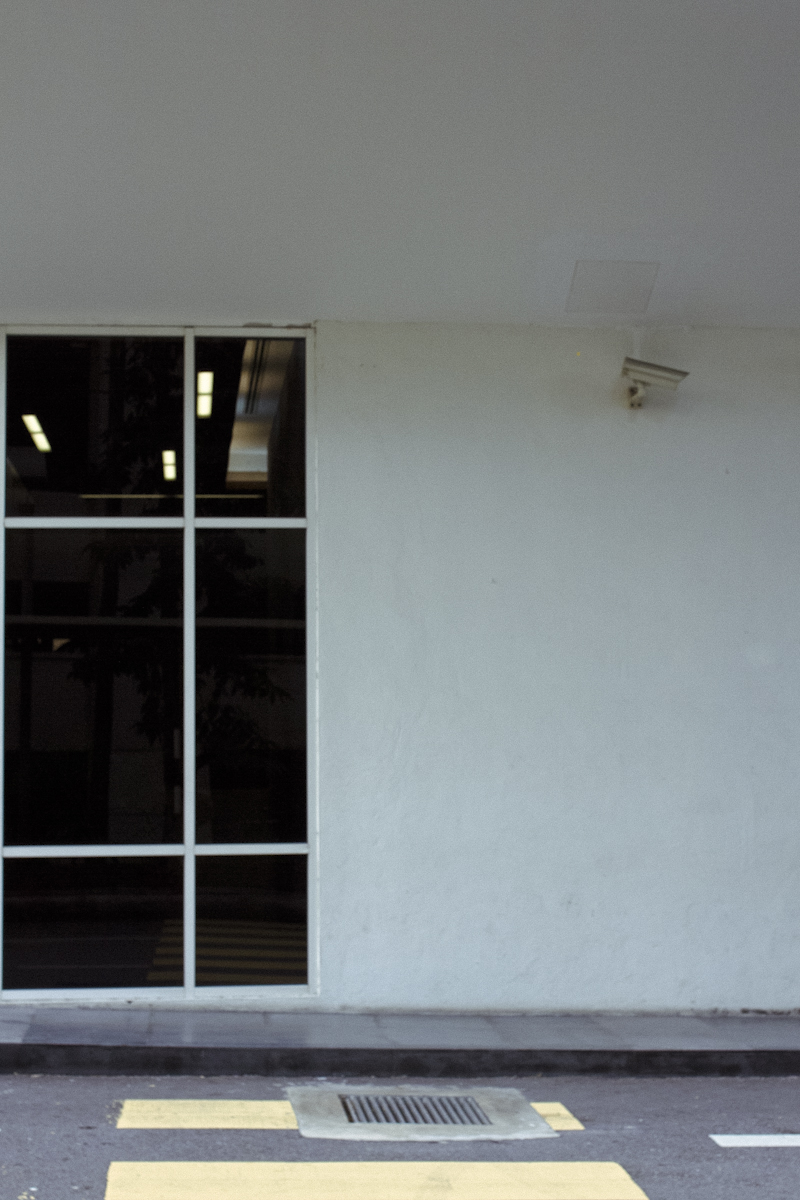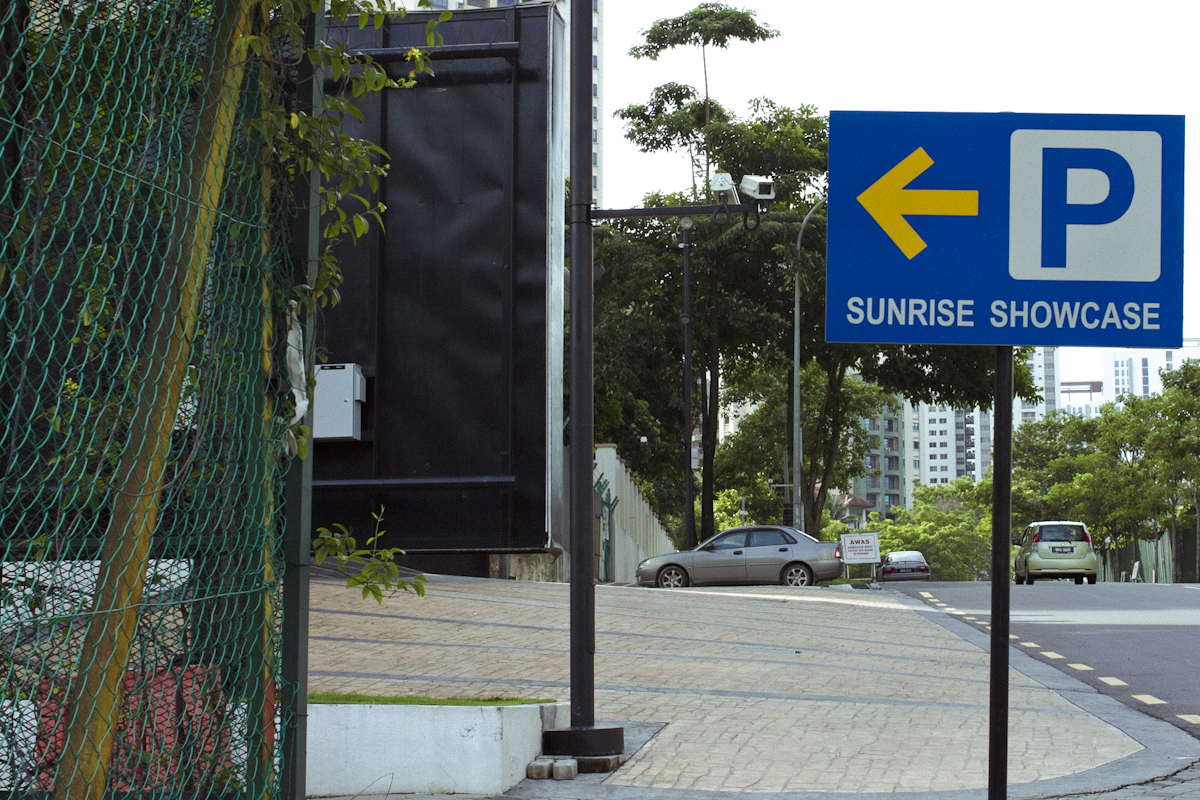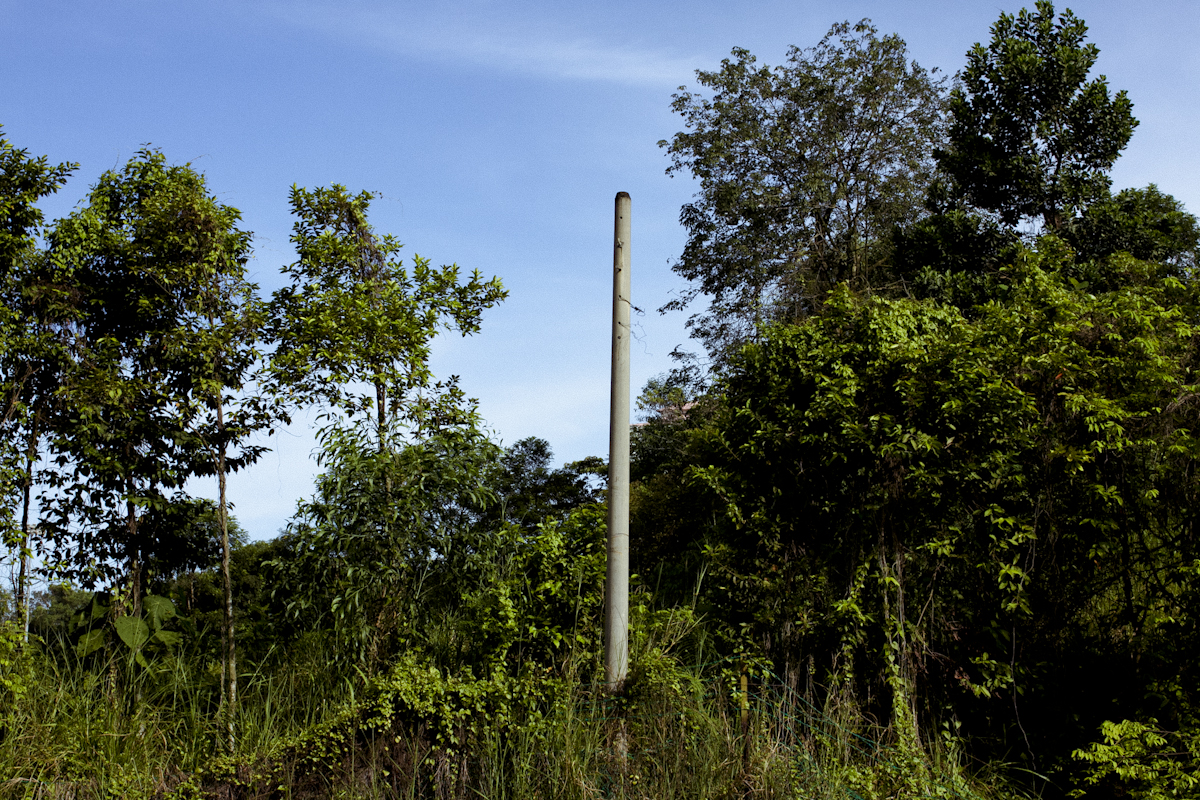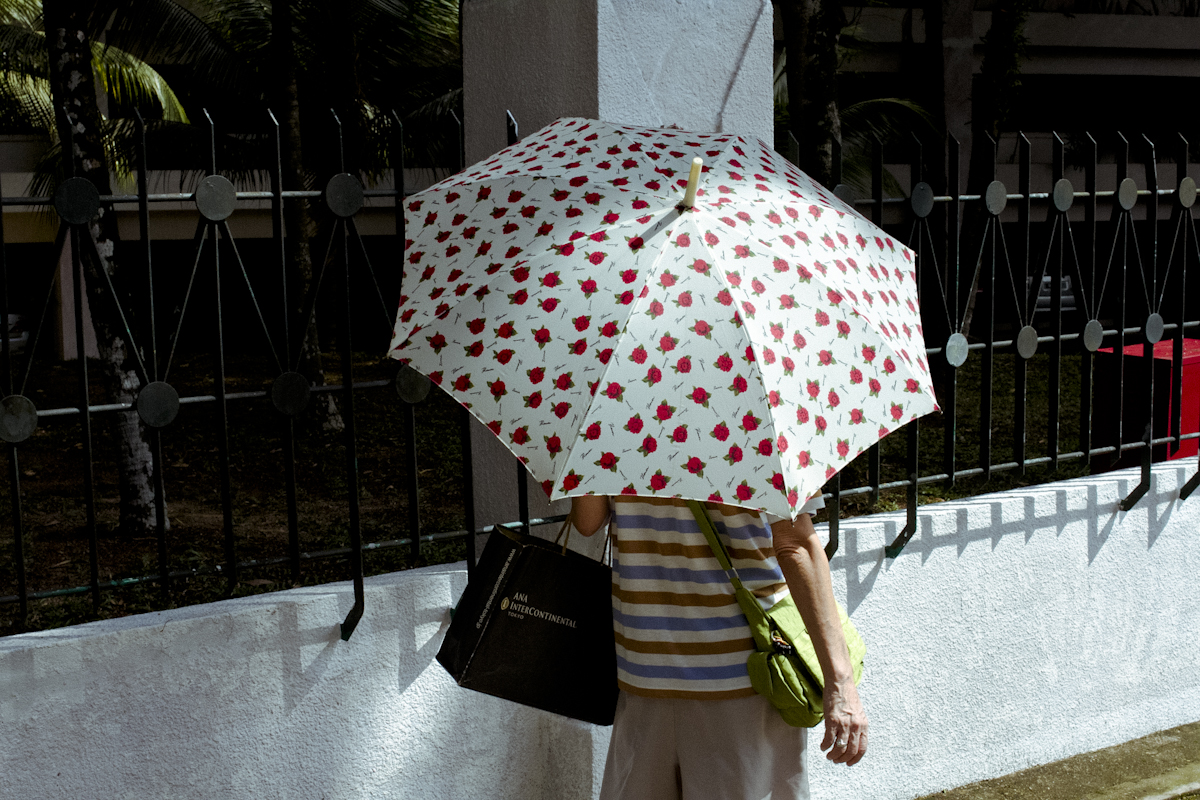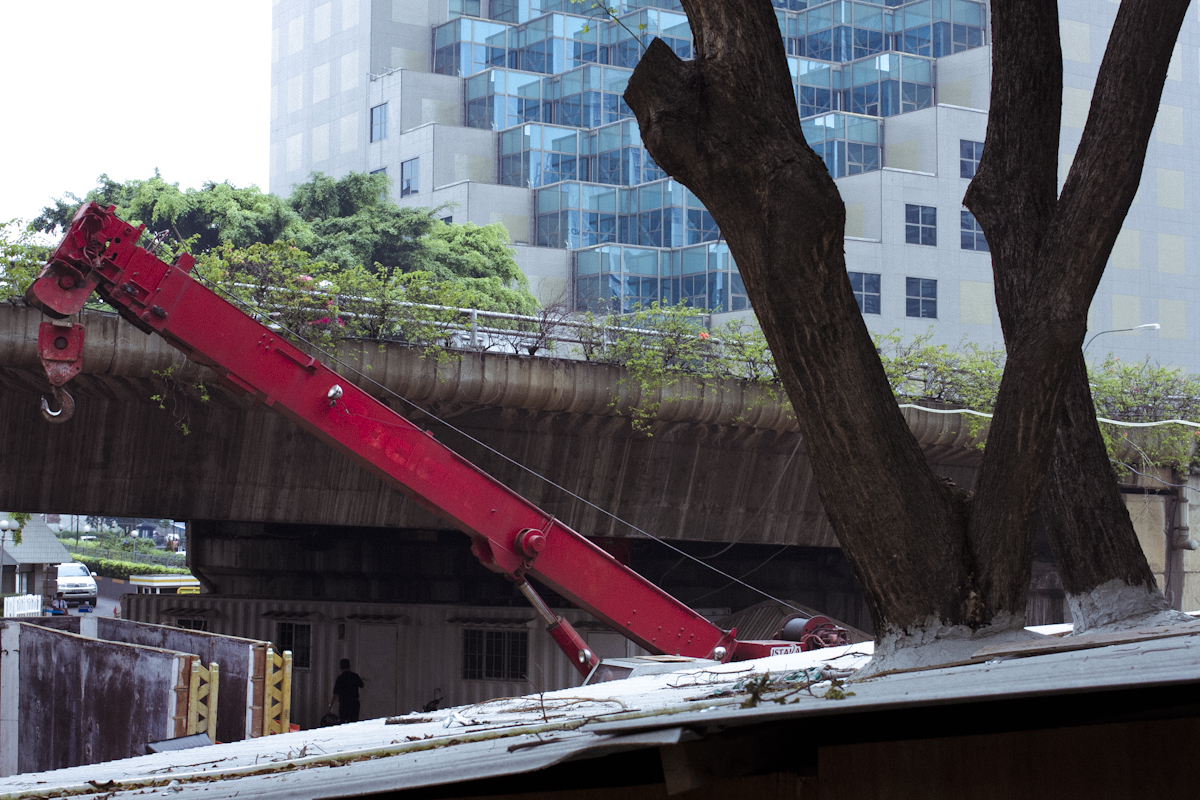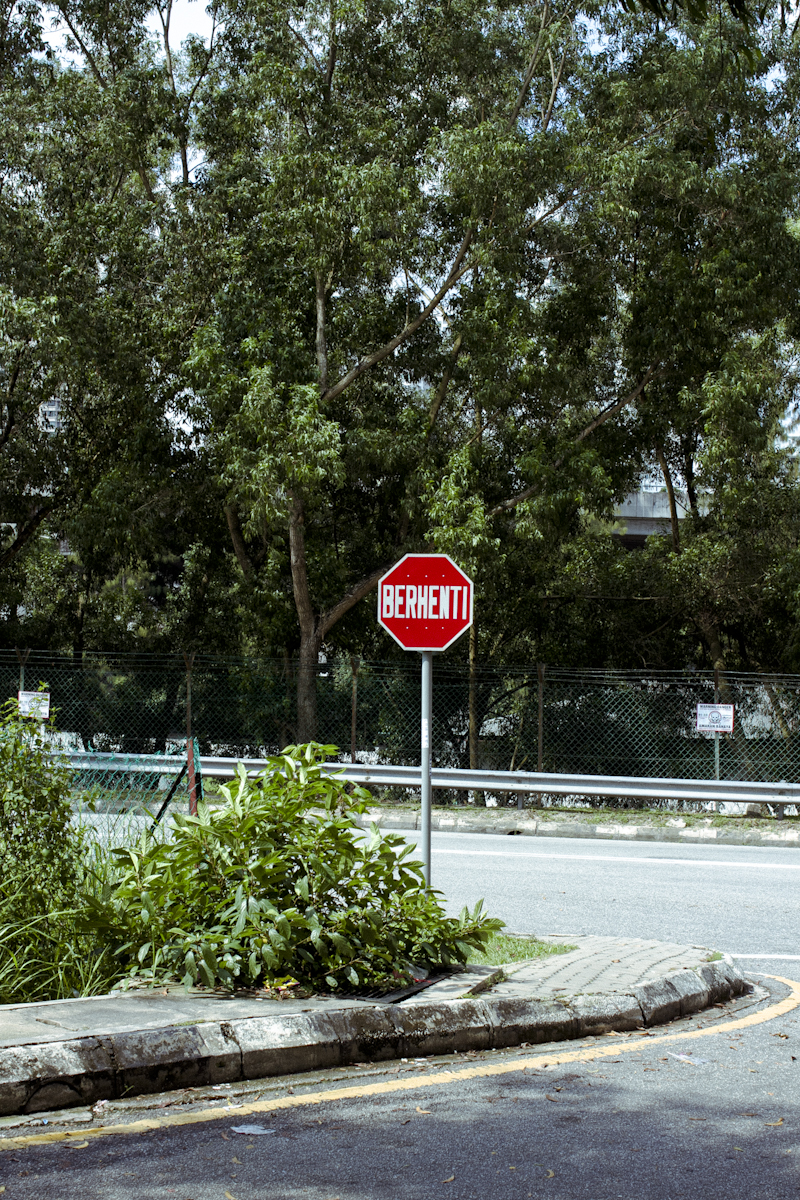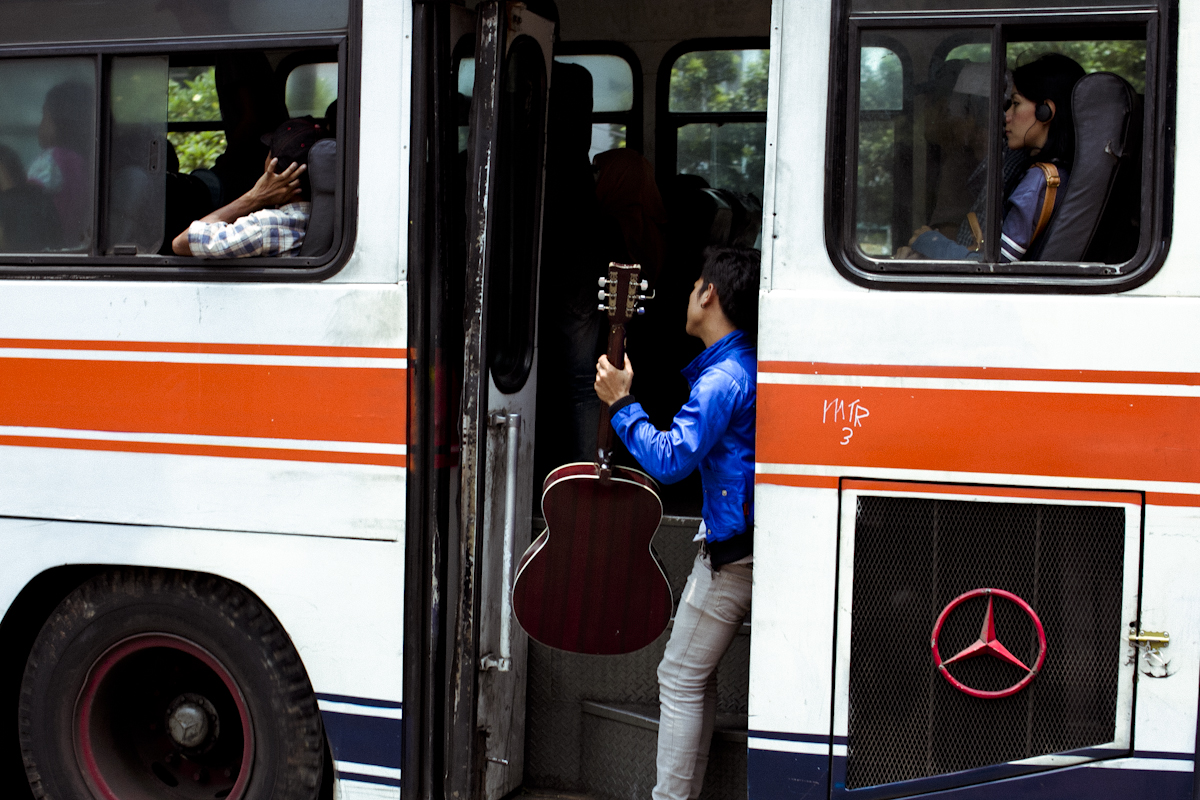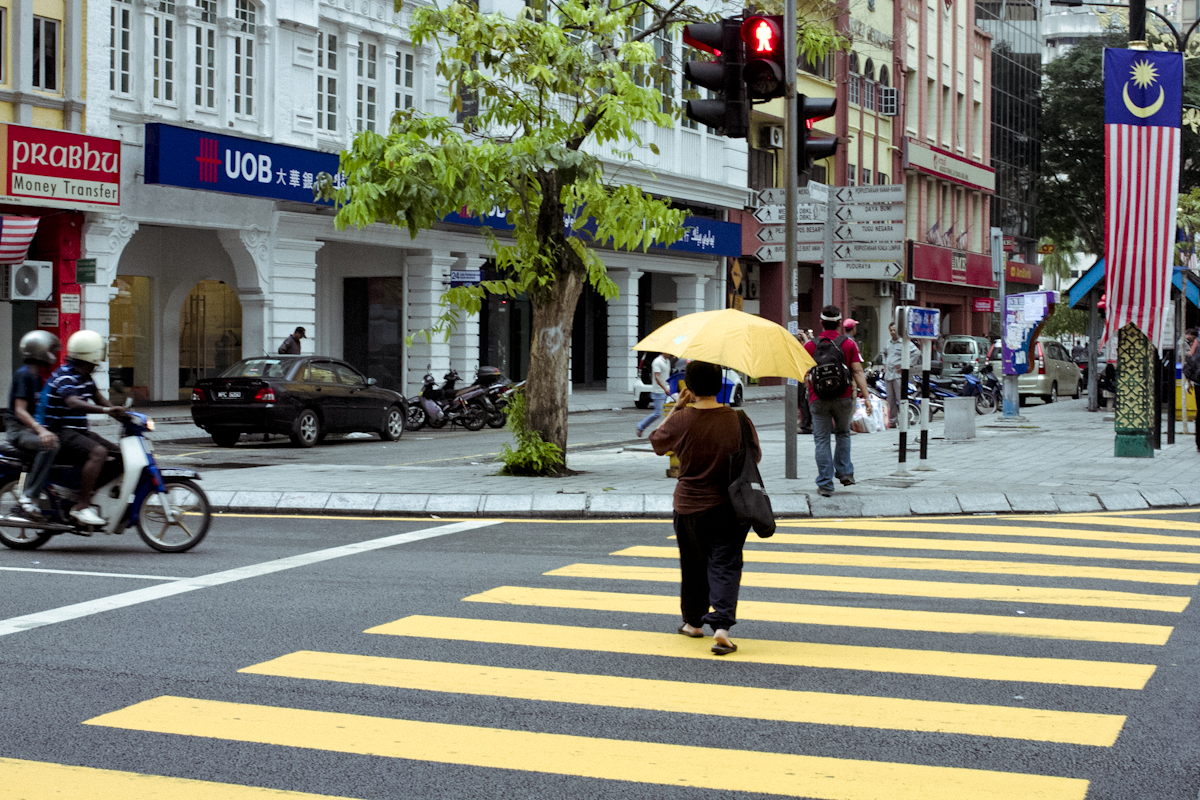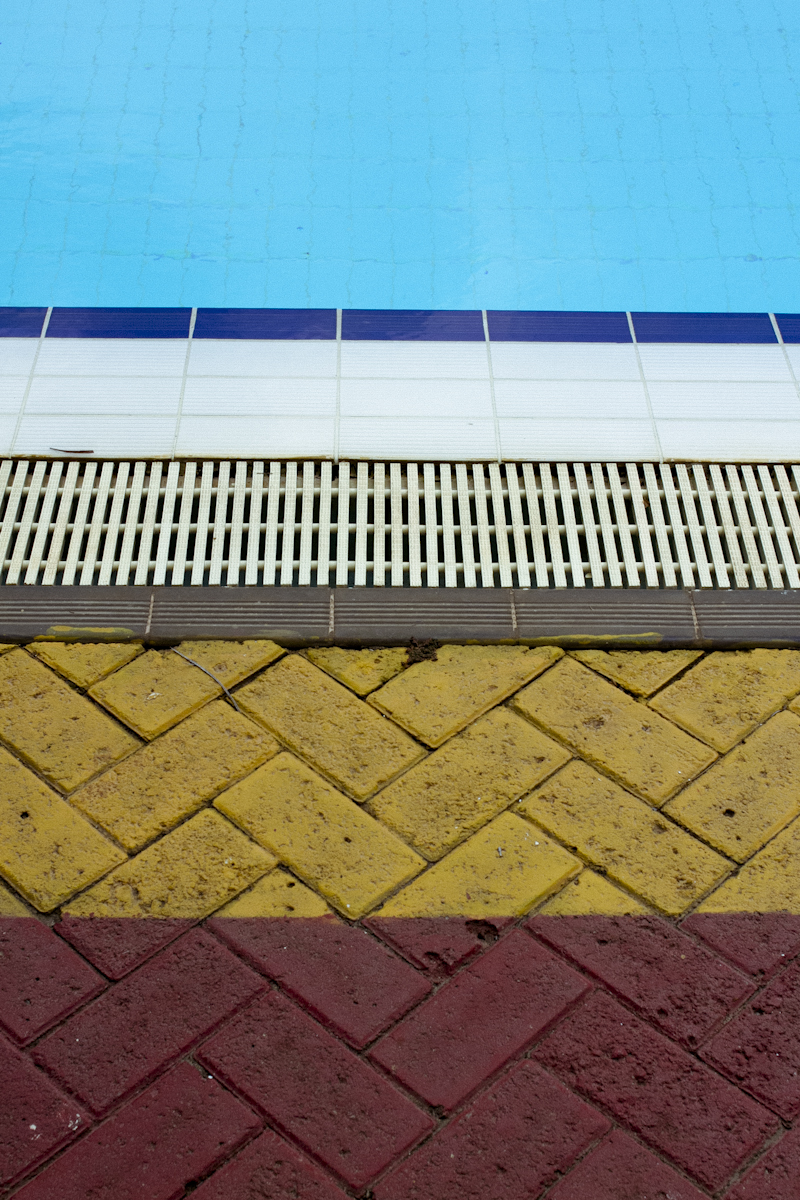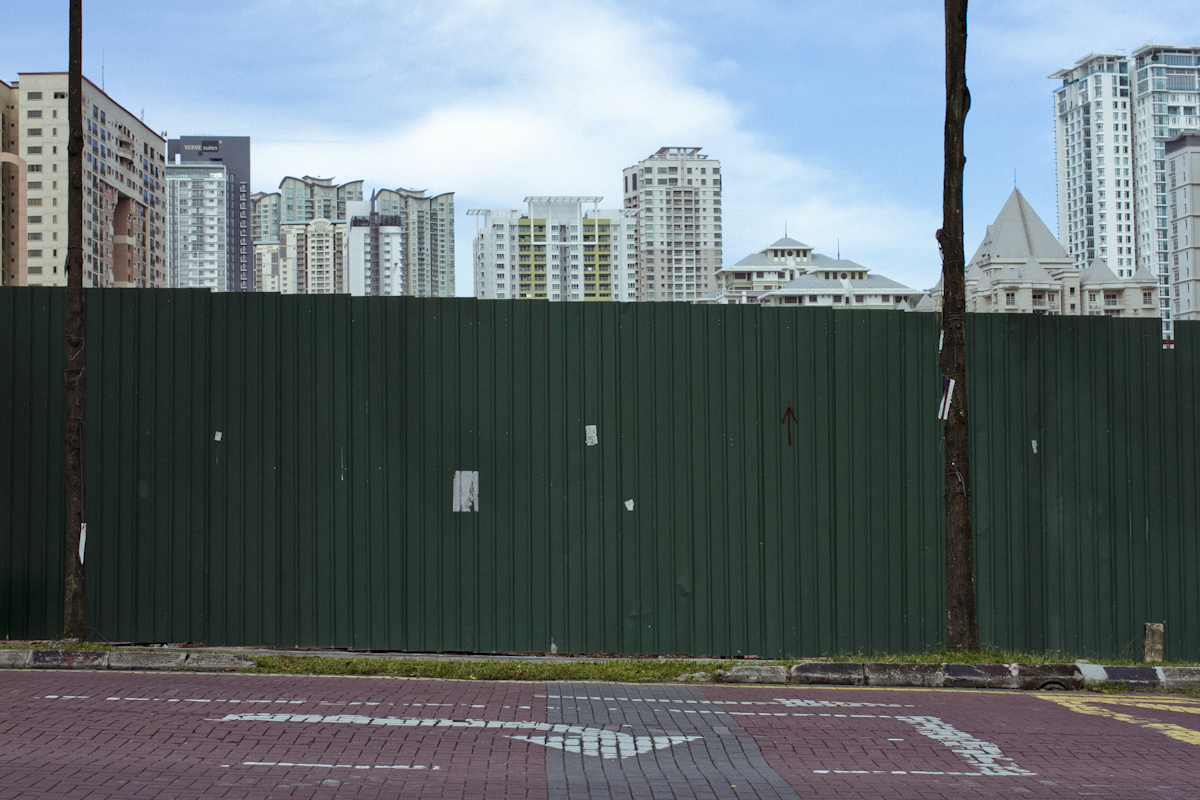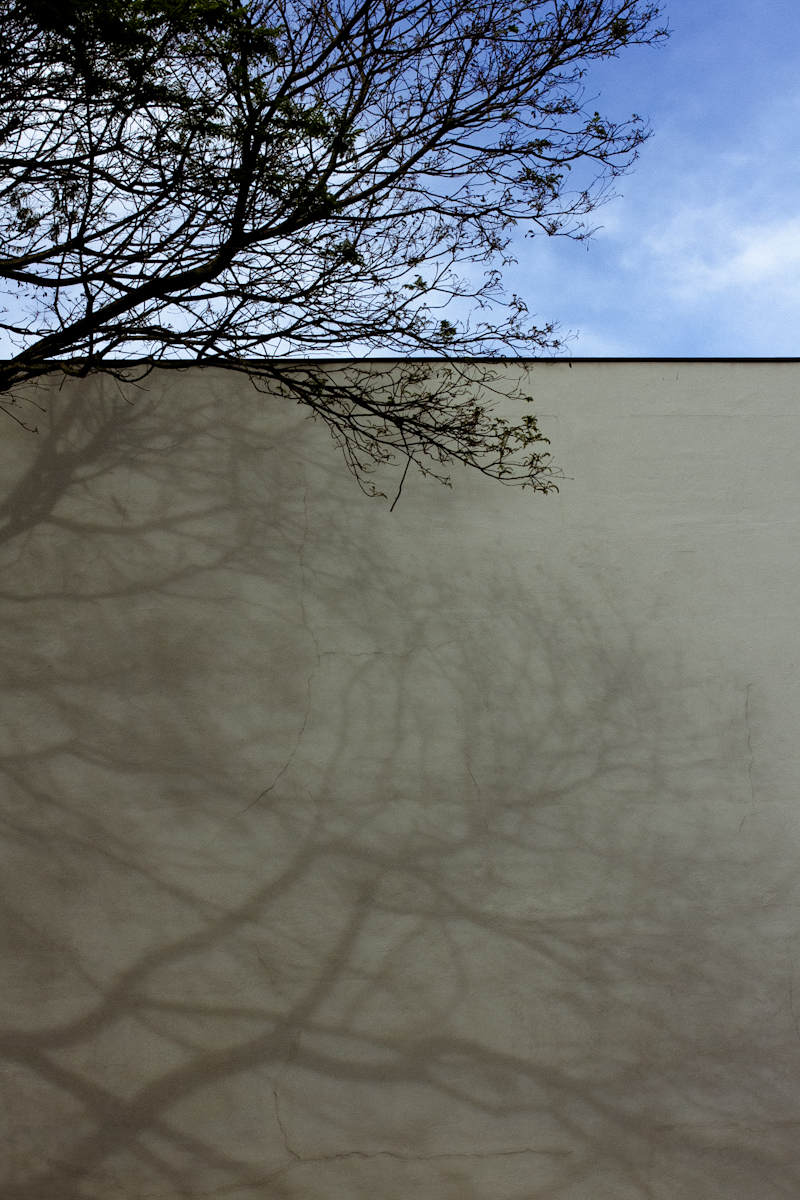Apa dan Kenapa
Baru saja pada tanggal 15 Desember kemarin, kami mengadakan pertemuan perdana The Photobook Club yang mengambil tema "Locations", namun sebelum kita membahas tentang apa saja kesimpulan dari pertemuan pertama tersebut saya ingin membahas Apa dan Kenapa ada club seperti ini.
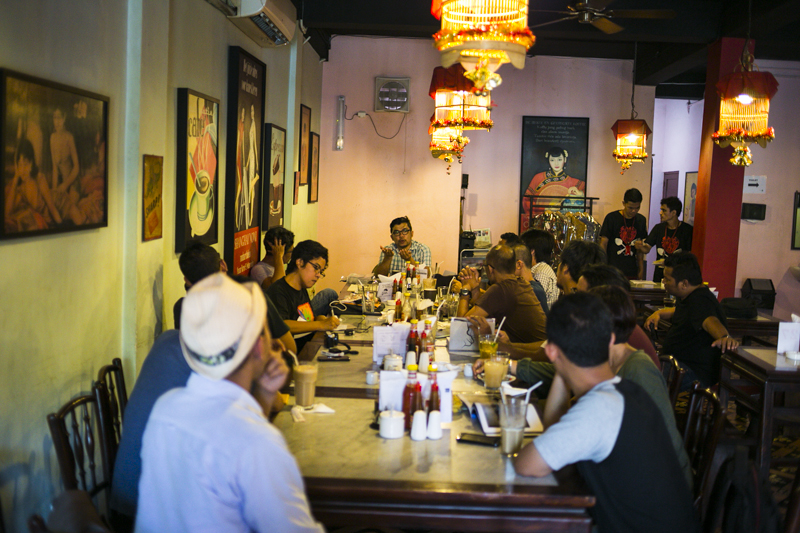
Ini semua diawali ketika saya dan Tommy ingin membuat sebuah platform yang membahas buku-buku foto secara umum yang berformat book club, dimana para anggota yang datang diharapkan sudah "membaca" buku tersebut atau paling tidak mendapatkan informasi awal mengenai buku tersebut dan fotografernya. pada pertemuannya diharapkan juga para anggota dapat memberikan pendapat, kesan dan kalau ada kritik mengenai buku-buku tersebut. Selain itu kami juga mempunyai ide club ini juga memiliki program-program lain seperti misalnya "Dummy Days" dimana para fotografer yang memiliki dummy buku dapat mempresentasikan buku mereka dan diskusi bersama fotografer/publisher yang sudah mengeluarkan tidak hanya buku tapi juga publikasi-publikasi alternatif seperti zine. Pada pertemuan kemarin rekan-rekan senior seperti Erik Prasetya, Edy Purnomo dan Ng Swanti menginginkan bahwa club ini juga menjadi support system kepada para fotografer dimana club ini bisa memberikan wadah untuk mempromosikan buku yang akan terbit, menuliskan resensi atau kritik dan mengembangkan rasa kecintaan terhadap buku foto itu sendiri. Secara tidak langsung Club ini juga diharapkan untuk dapat mengembangkan Di titik puncak diharapkan club ini mampu berpartisipasi dalam pengembangan intelektual para fotografer dengan berlangsungnya kegiatan-kegiatan yang telah disampaikan tadi.
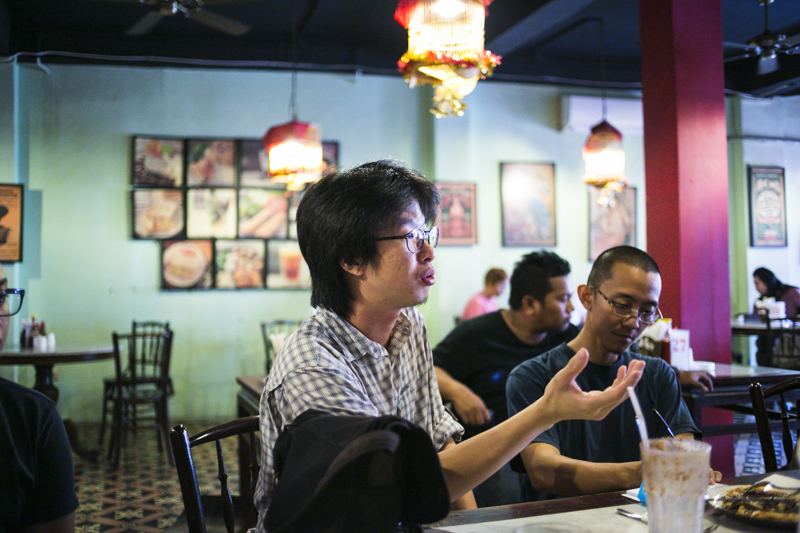
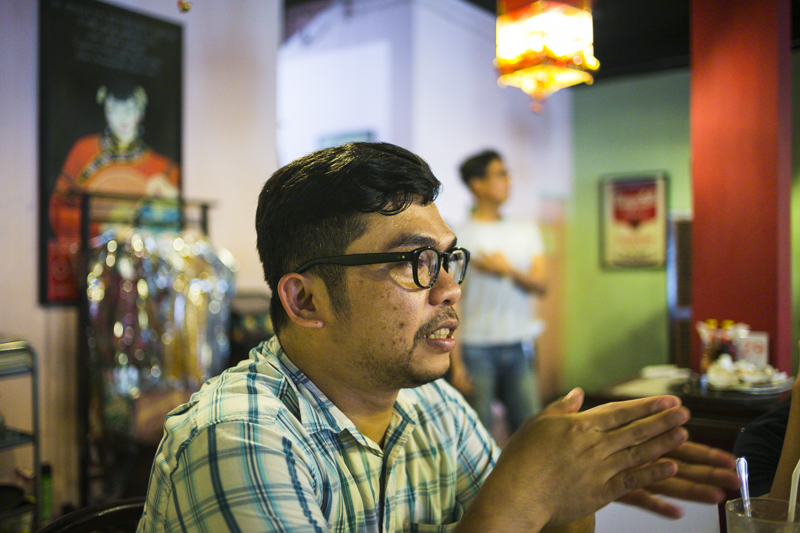
Satu hal yang kami tekankan adalah karena ini berformat book club, kami berharap rekan-rekan yang datang sudah memiliki pengetahuan mengenai buku yang dibahas, tentu saja kami akan mempublikasi review dan gambar-gambar buku tersebut sebelum pertemuan dimulai akan tetapi lebih baik lagi jika rekan-rekan mampu mencari tahu terlebih dahulu tentang buku yang ingin dibahas tersebut baik dengan review yang sudah ada sebelumnya atau dengan mencari tahu background tentang sang fotografer dan kenapa buku tersebut itu dibuat. Ini kami mohon sekali agar dilakukan karena sampai sekarang diskusi publik fotografi tidak pernah bersifat dua arah, selalu bersifat satu arah atau peserta selalu muncul dengan agenda masing-masing, menjauhkan diskusi itu mencapai tujuannya.
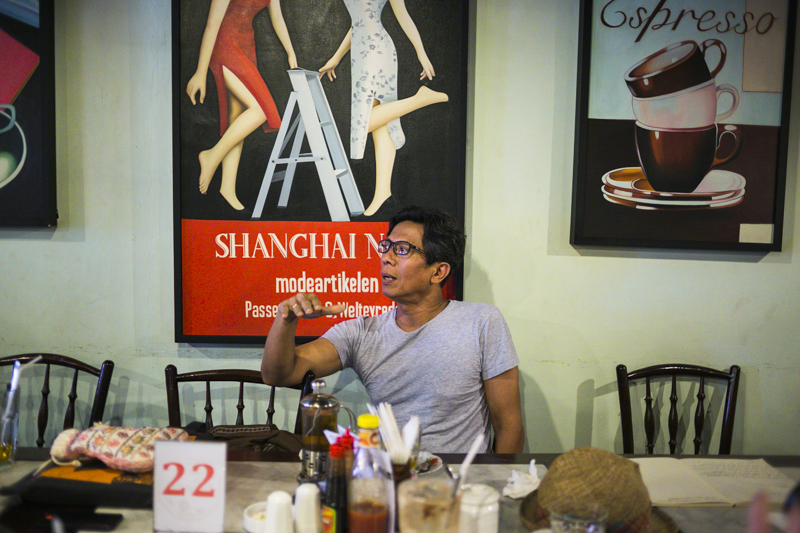
Pertemuan pertama: Locations
Pada pembahasan pertama ini kami membahas tiga buku yang bertemakan lokasi yaitu Carolyn Drake - Two Rivers, Aji Susanto Anom - Nothing Personal dan Andri Tambunan - Against All Odds. Sebenarnya kami tidak banyak membahas buku ini karena hampir separuh waktu diskusi dihabiskan dengan mendiskusikan format club, namun akan kami coba sadur apa saja yang sudah kami dapat diskusikan pada pertemuan perdana tersebut.
Ketiga buku ini adalah buku yang dibuat secara swadaya, dimana Carolyn mengusahakannya melalui Kickstarter, Andri berdasarkan grant yang diterimanya dan hasil tabungannya dan Aji dari dana pre-order buku tersebut.
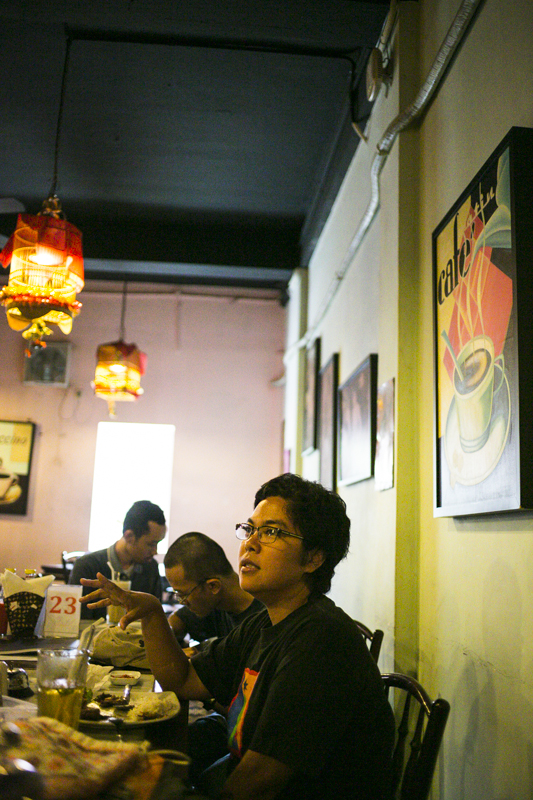
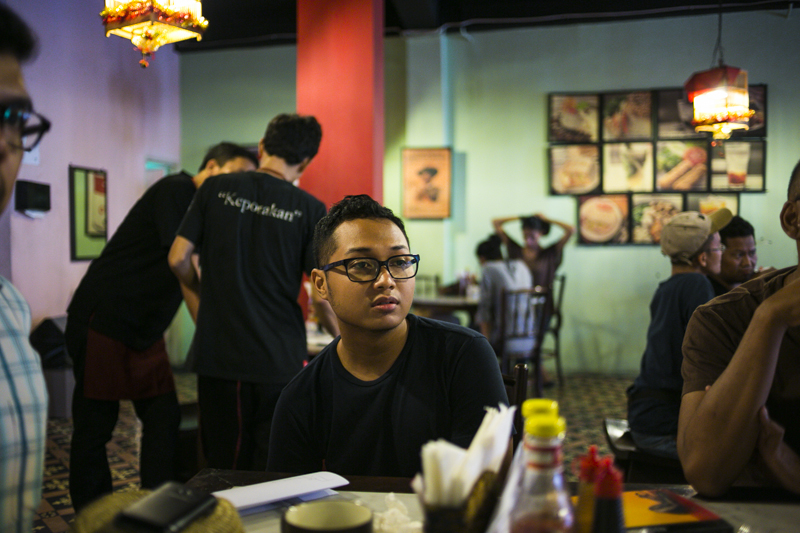
Semua hampir setuju buku Two Rivers adalah buku yang amat sangat grafis dan bisa dibilang menyebalkan karena foto-foto tidak ditampilkan secara utuh, ada argumen yang menyatakan bahwa foto-foto dalam buku tersebut dibuat sedemikian rupa karena sang desainer ingin unjuk gigi, yang menarik adalah pernyataan apakah dengan memotong foto tersebut akan terjadi peningkatan penjualan yang signifikan? seperti misalnya 50%, kalau tidak kenapa kita harus mendengarkan pernyataan si desainer tentang hal ini? Saya sendiri merasa buku tersebut dibuat sedemikian rupa karena ingin menggambarkan aliran sungai tersebut yang terpatah-patah namun terus mengalir.
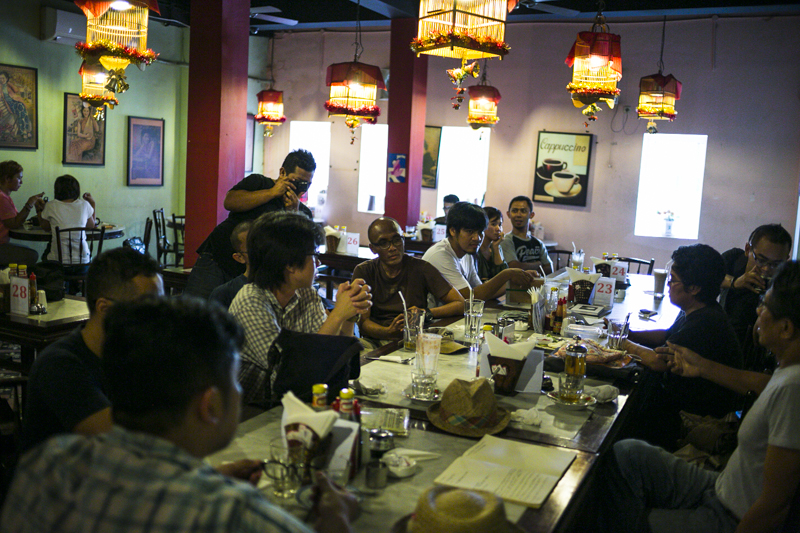
Tentang buku Aji, kami merasa Aji harus berada di pertemuan tersebut untuk membahas bukunya, karena kami memiliki banyak pertanyaan pertanyaan untuknya, seperti misalnya ada pendapat bahwa buku Aji tersebut masih terkesan prematur, dengan proses pengambilan foto yang terlalu cepat dan tanpa proses penyuntingan yang memadai. Satu pertanyaan yang muncul dari rekan senior adalah apakah para fotografer muda ini tahu bagaimana foto yang baik itu? Foto pada awalnya adalah sesuatu yang harus dicetak dan dilihat dengan menggunakan cahaya yang muncul dan menimpa foto itu sendiri dari depan atau samping, bukan dari belakang sebagaimana layar komputer sekarang ini. Cahaya yang muncul dari belakang akan meningkatkan kontras foto, pada buku Aji, yang dipertanyakan adalah alasan Aji untuk mencetak bukunya dengan kekontrasan yang sangat tinggi tersebut.
Buku Andri Tambunan sendiri adalah buku tanpa pretensi grafis tinggi seperti Two Rivers (walaupun Andri sendiri memperkerjakan seorang desainer) atau mengetengahkan tema yang populer sekarang ini (street photography) seperti buku Aji. Buku ini nampak seperti makalah ilmiah, dari pemilihan penulis kata pengantar dan tulisan di bagian belakang buku tersebut. Buku ini mungkin juga memang tidak diperuntukkan ke khalayak umum, tetapi lebih kepada para NGO, pemegang donor dan mereka yang memiliki kemampuan untuk membantu penanganan HIV/AIDS di Papua.
Selanjutnya
Seperti yang sudah diutarakan diatas mengenai program-program kami, pertemuan di club ini kami harapkan dapat berlangsung secara reguler pada pertemuan berikutnya kemungkinan besar kami akan menyelengarakan dummy days, dimana kami mengundang para fotografer yang memiliki dummy buku untuk berpartisipasi. Pertemuan club akan dilakukan secara reguler, di minggu ke 4 setiap bulannya, masih di tempat yang sama yaitu di Kopitiam Oey, Sabang.
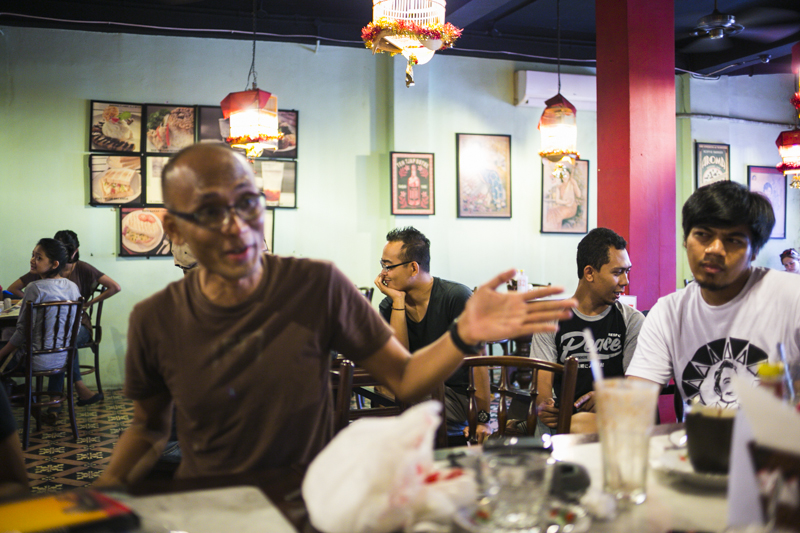
--------
What and Why
Just yesterday we held the inaugural meeting of The Photobook Club with the theme " Locations" , but before we discuss about what are the conclusions of the first meeting I want to discuss what and why the club existed
It all started when me and Tommy wanted to create a platform to discuss photobooks in a book club format, where the members who come are expected to " read " the book , or at least get the initial information about the book and the photographer . At the meeting of the members may be expected also to give an opinion , impression , and if present, criticism about these books . In addition of it the club also has other programs such as " Dummy Days " where the photographers who have a dummy book are able to present their books, discussion with photographer / publisher that has published not only books but also alternative publications such as zine . At yesterday's meeting of senior colleagues like Erik Prasetya , Edy Purnomo and Ng Swanti want the club to act as a support system for photographers where the club can provide a forum to promote the forthcoming book , write a review or critique and develop a love for books itself. Indirectly the club can hopefully help to develop the intellectual development of the photographers with the ongoing activities that have been stated earlier .
One thing that we felt that we need to emphasize is that due to the format , we hope that the people who came already to the club meeting have the knowledge of the books that are being discussed , of course, we will publish the reviews and the pictures of the book before the meeting begins will be better but if people were able to find out in advance about the existing reviews or the background of the photographer and why the book was made . We ask this because up to now the public discussion of photography is never two-way , it has always be one -way or the participants always comes with their own agenda , keeping the discussion from reaching its destination .
The first meeting : Locations
The three books that are being discussed are: Carolyn Drake - Two Rivers , Aji Susanto Anom - Nothing Personal and Andri Tambunan - Against All Odds . Actually we do not have much discussion regarding the books because almost half of the time are spent discussing the format of the club , but we will try to write what talked about at the inaugural meeting .
All three books are made independently , in which Carolyn working on it through Kickstarter , Andri based grants received and proceeds from fund his savings and Aji based on the pre-order demand of the book.
Almost all agree that Two Rivers is a very graphic book and somewhat annoying because the photos are not shown in their entirety , there is the argument that the photographs made in such ways because the designer intention, another statement said that will such presentation of the book (to cut the photo) will results in significant increase in sales ? such as 50 % let's say, if not why do we have to listen to the designers statement about this ?
About Aji's book, we feel that Aji should be in the meeting to discuss his book , because we have a lot of questions for him, there is a notion that Aji's book were made prematurely, with only the photo -taking process happens in two years and without adequate editing process . One question that arises from senior colleagues is whether these young photographers know what good photo is? Photograph is something that must be printed and viewed using light that appears and hit the photograph from the front or side , not from behind like computer screen as it is today. Light emerging from behind will increase the contrast of the photo , adding to the question whether Aji has a reason to print the book with very high contrast or whether he did not understand the requirement of the allegedly good photograph.
Andri Tambunan's book appear without any graphic design like Two Rivers ( although Andri also hire a designer ) or having a popular theme (street photography) like Aji's book . This book is more felt like a scientific paper, from the opening statement to the writing in the back of the book. The reason might be that book is not aimed for the general public , but rather to the NGOs , donors and stakeholders which has the ability to help prevent the spread of HIV / AIDS in Papua .
Further
As already stated above regarding our programs , the meeting at this club are expected to take place on a regular basis. At the next meeting we will most likely carry out dummy days , where we invite the photographers who have a dummy book to participate . Club meetings will be held regularly , at the fourth week of each month , still in the same place , Kopitiam Oey Sabang .



